OPPO's Find X8 Series combines sleek design, cutting-edge camera tech, and powerful performance, setting a new standard for flagship smartphones.
The post OPPO Find X8 Series: Redefining Flagship Smartphones first appeared on Trendy Gadget.
OPPO's Find X8 Series combines sleek design, cutting-edge camera tech, and powerful performance, setting a new standard for flagship smartphones.
The post OPPO Find X8 Series: Redefining Flagship Smartphones first appeared on Trendy Gadget.
Comparison of Xiaomi 15 and 15 Pro: 5G, OLED display, Snapdragon 8 Elite chipset, shatterproof glass, IP68 rating, up to 1TB storage, advanced camera features.
The post Xiaomi 15 vs. Xiaomi 15 Pro: Weighing the Pros and Cons first appeared on Trendy Gadget.
Xiaomi 15 is set to launch soon, featuring the Snapdragon 8 Elite chip. Expect improved performance, enhanced AI features, and sleek design.
The post Xiaomi 15 Launch: Snapdragon 8 Elite Chip Insights first appeared on Trendy Gadget.
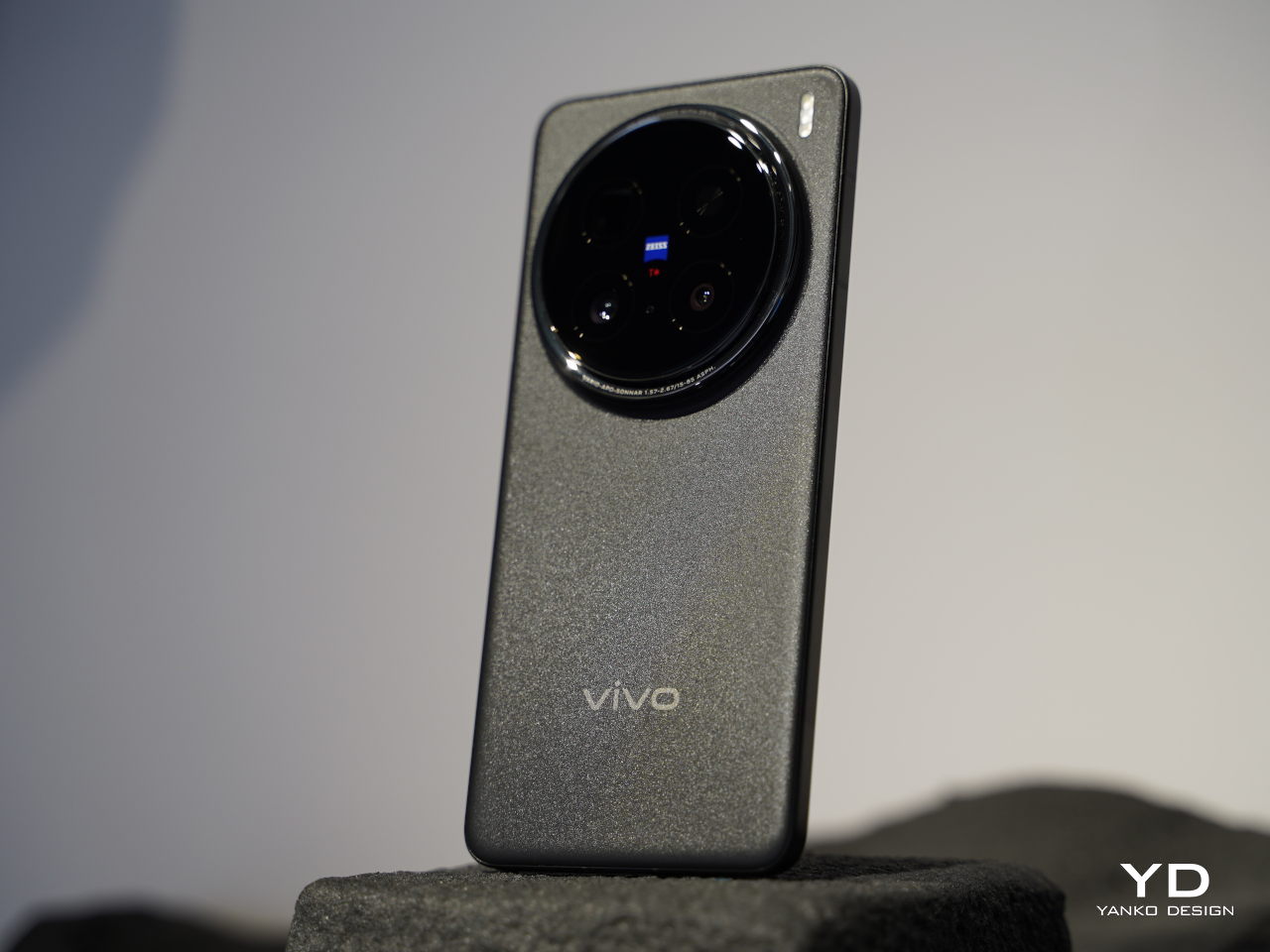
Smartphones have pretty much become more than just communication tools, at least in the traditional sense. We still use it to connect with others, especially via the Internet, but we do so more through images and multimedia, whether they’re the ones we capture ourselves or generated by an app. Cameras and AI have become the focal points of these devices today, no pun intended, and vivo is pressing three new smartphones under its X200 series, all equipped with the latest and greatest innovations promising the ultimate user experience.
Designer: vivo
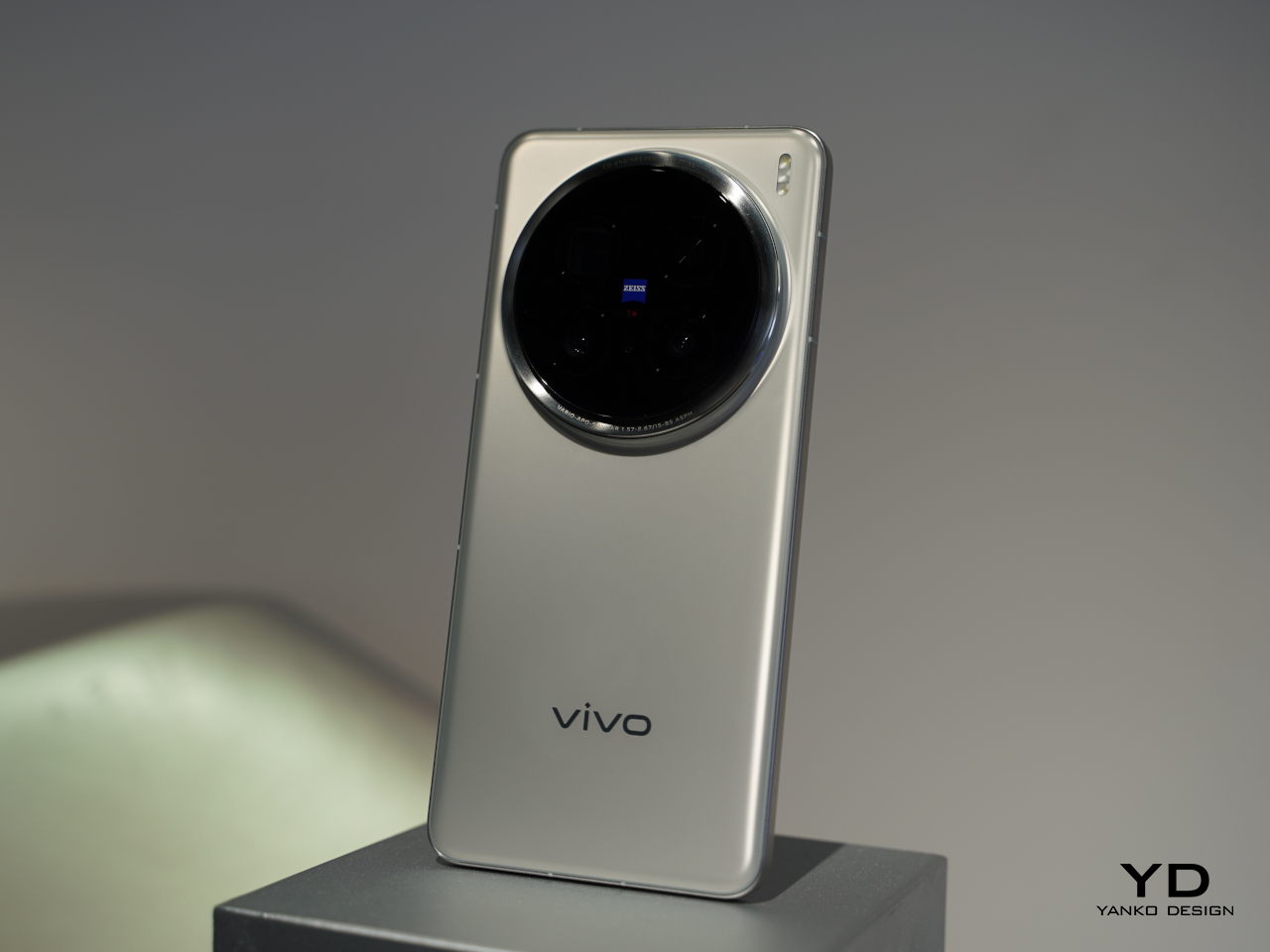
If you simply compared them with the X100 phones at the start of the year, you might walk away disappointed. That said, the vivo X200 opted to ignore flashy novelties that wear off in a few weeks, preferring designs that stand the test of time. And what better way to embrace evergreen designs than taking a page from the most evergreen design of all: nature.
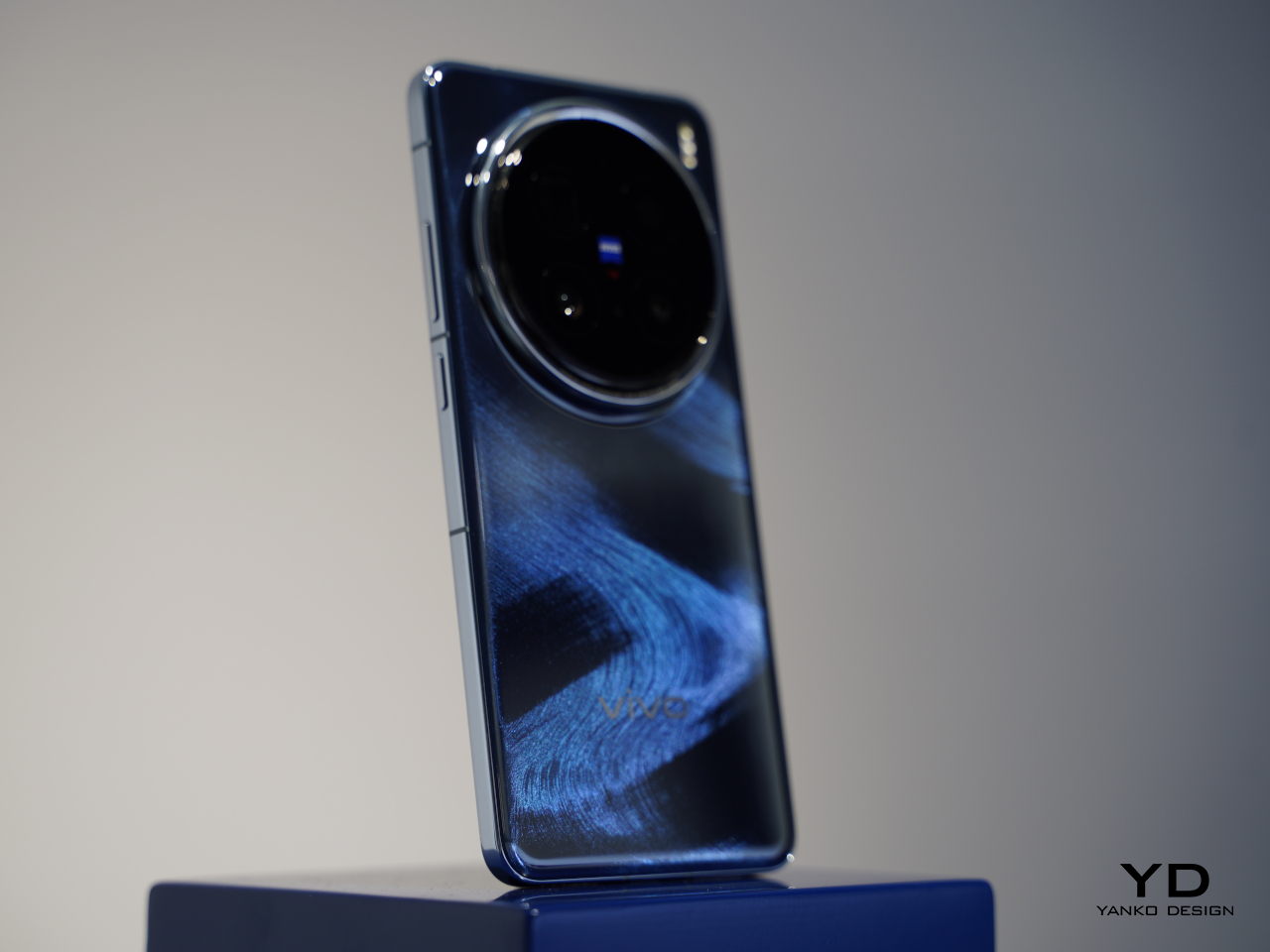
The vivo X200 Pro’s new Sapphire Blue colorway, for example, has patterns that seem to recreate the enchanting ocean waves on the back of your phone. The vivo X200 Pro mini’s Light Pink, on the other hand, is a nod to the romantic colors of cherry blossoms. Whichever color you pick, you will have a stylish and elegant phone in your hand.
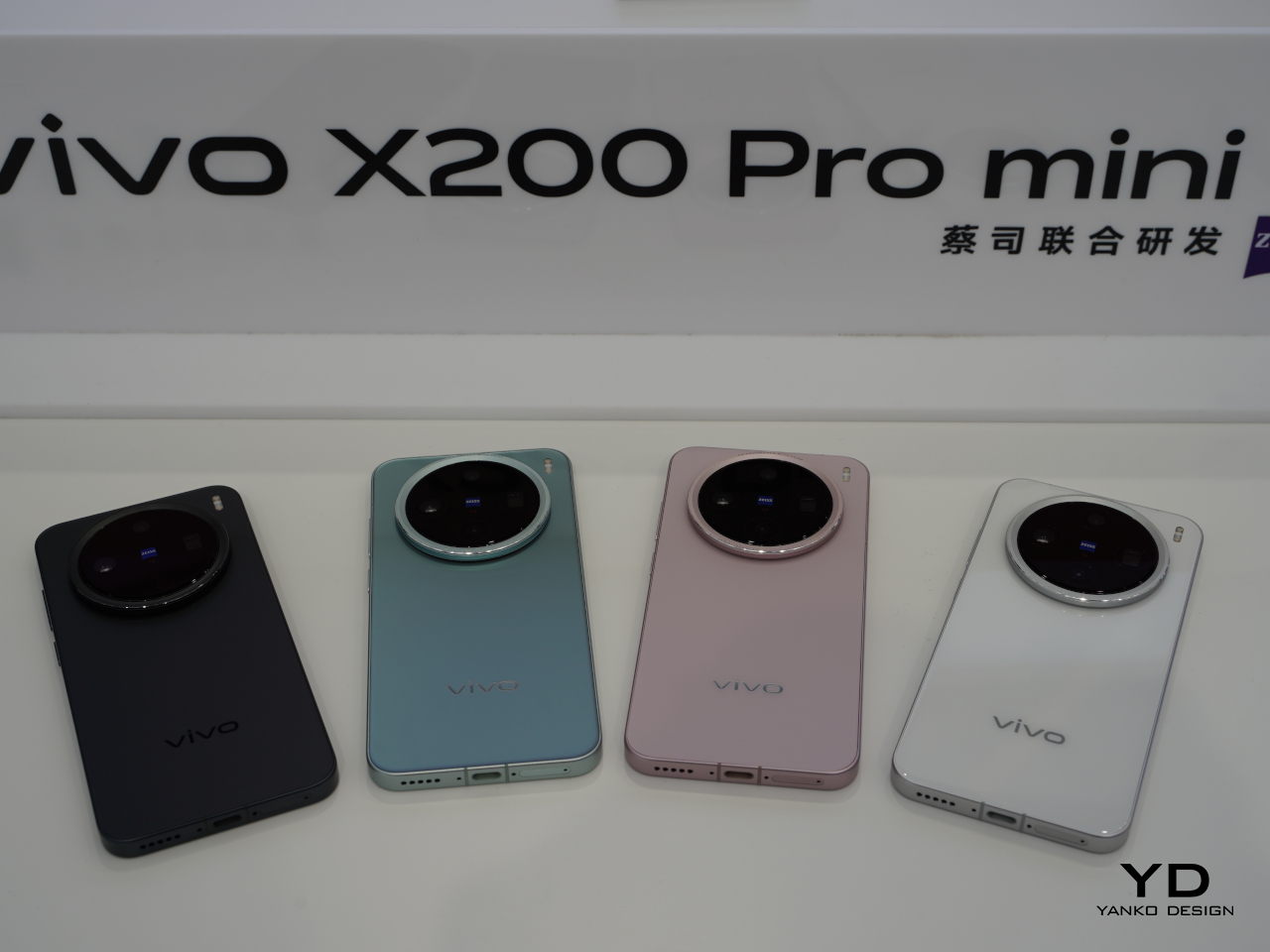
The vivo X200 Pro mini adopts the current design trends with its flat 6.31-inch screen and flat edges, giving it a more modern personality. In contrast, the vivo X200 and X200 Pro stick to tradition with a “Quad Curved Screen” and gentle slopes on all sides and corners. All models of the X200 series are enhanced with ZEISS Natural Color, expanding the collaboration between brands beyond cameras.
The vivo X200 series is powered by the newly-baked MediaTek Dimensity 9400 processor, the chipmaker’s first 3nm process, to deliver unmatched power and power efficiency. While that already translates to a huge performance boost, most users will probably be interested in how it greatly improves AI performance across the board, from the usual photography touch-ups to popular applications like AI note-taking and, of course, Circle to Search.
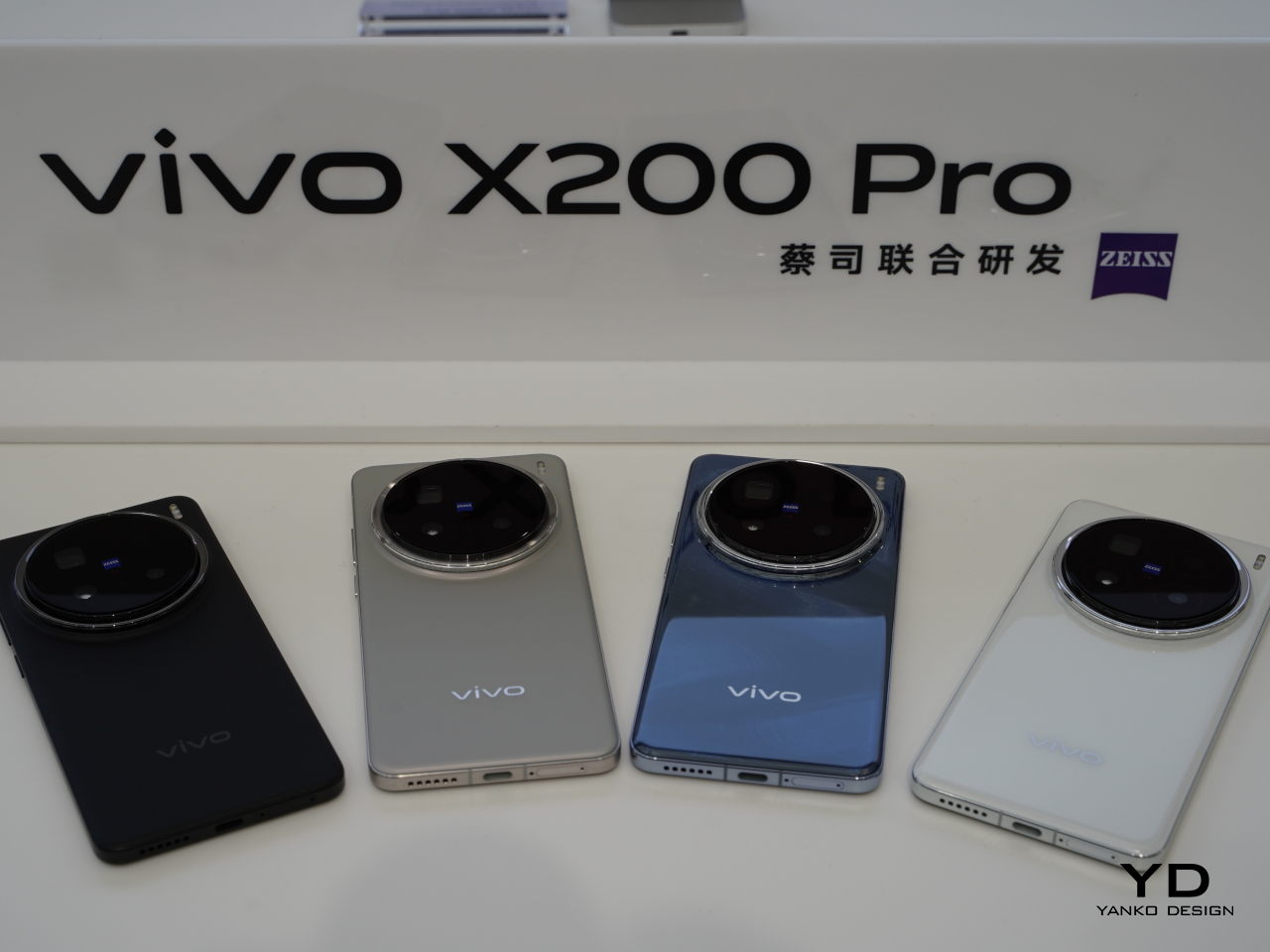
Completely new to the X200 series is a kilometer-level network-free communication technology, a product of its close collaboration with MediaTek. This would allow long-distance communication via Bluetooth even when cellular networks are unavailable but without relying on satellite technology. Sending text messages, making voice calls, or even broadcasting SOS signals in extreme environments like mountains and forests are critical features that will make outdoor adventures safer and more enjoyable using these phones.
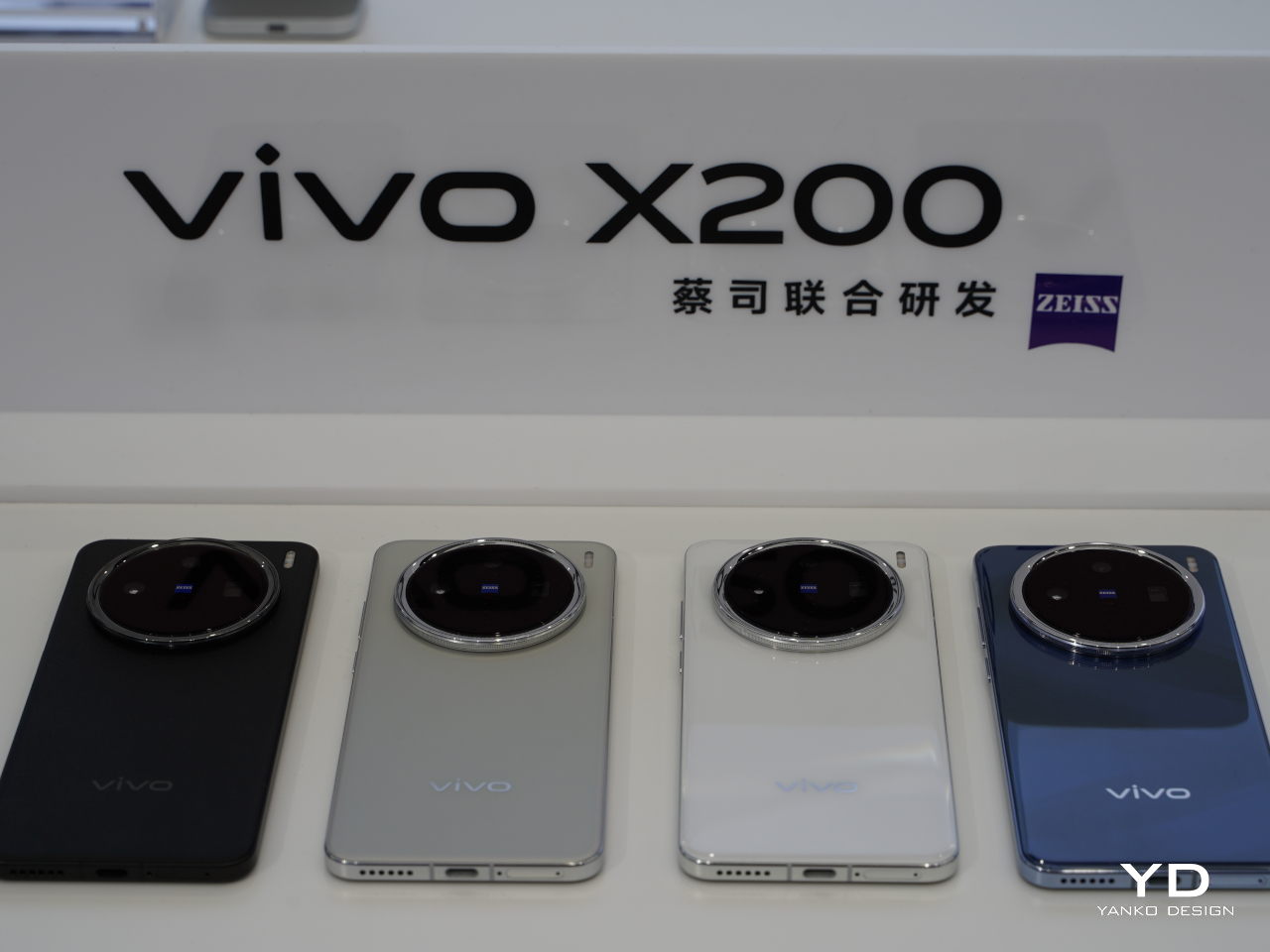
Of course, photography is a major piece of the X200 series formula, and it’s where vivo flexes its muscle the most. On the vivo X200 Pro, the roster is led by a Sony LYT-818, a 1/1.28-inch sensor that, paired with an f/1.57 aperture lens, is advertised to rival even larger 1-inch sensors. Together with the custom V3+ Imaging Chip, the X200 Pro is promised to deliver not only captivating still photos but also cinematic videos.

Portrait mode, 35mm
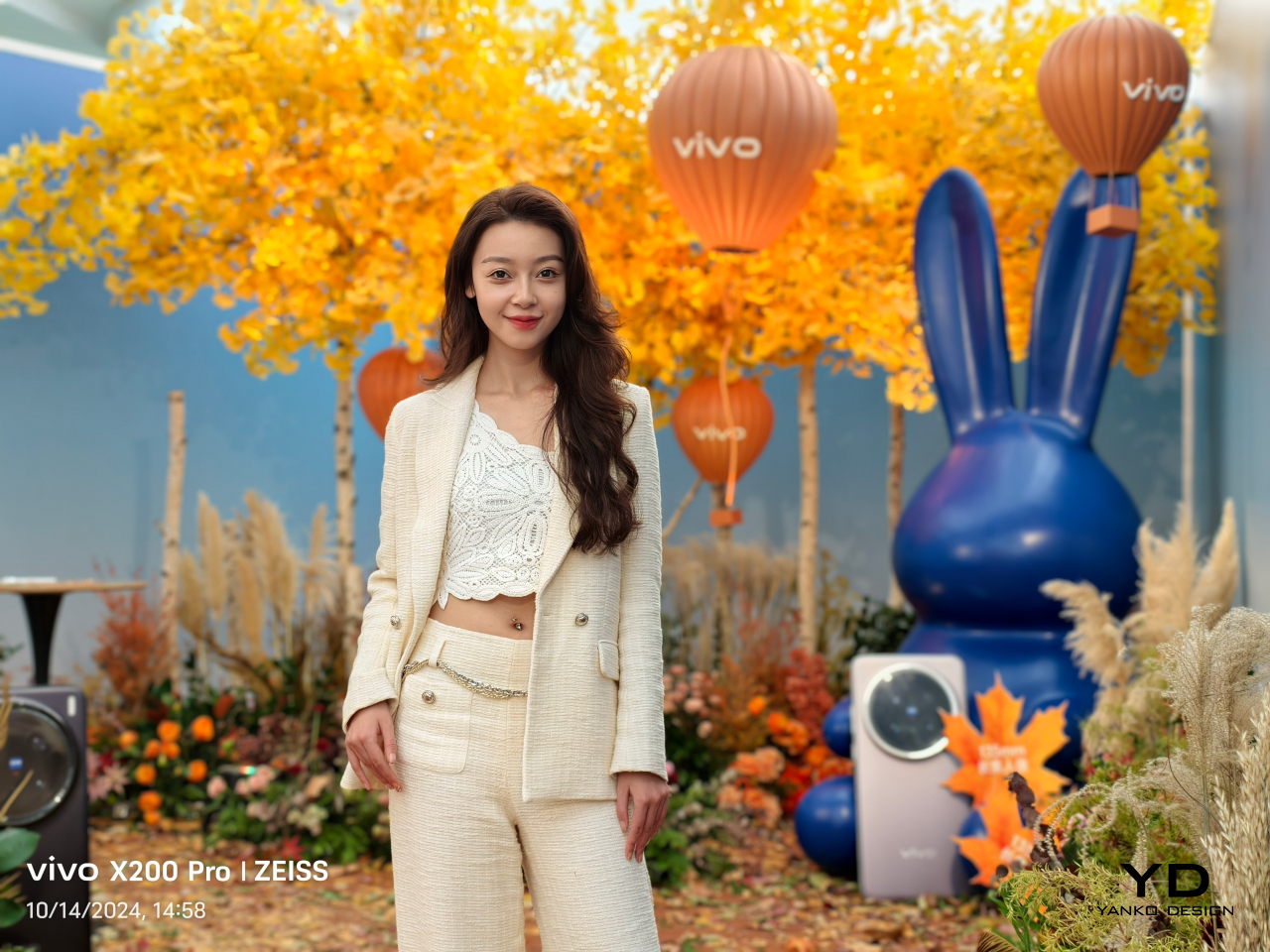
Portrait mode, 50mm

Portrait mode, 85mm
The real star of the show, however, is probably the 200MP ZEISS APO Telephoto camera, capable of up to 100x zoom, making short work of capturing live events like concerts. In addition to 85mm HD portraits, this camera is also capable of the new 135mm portrait focal length as well. A Telephoto Macro feature with a magnification ratio of 20x for stunning closeups of nature.
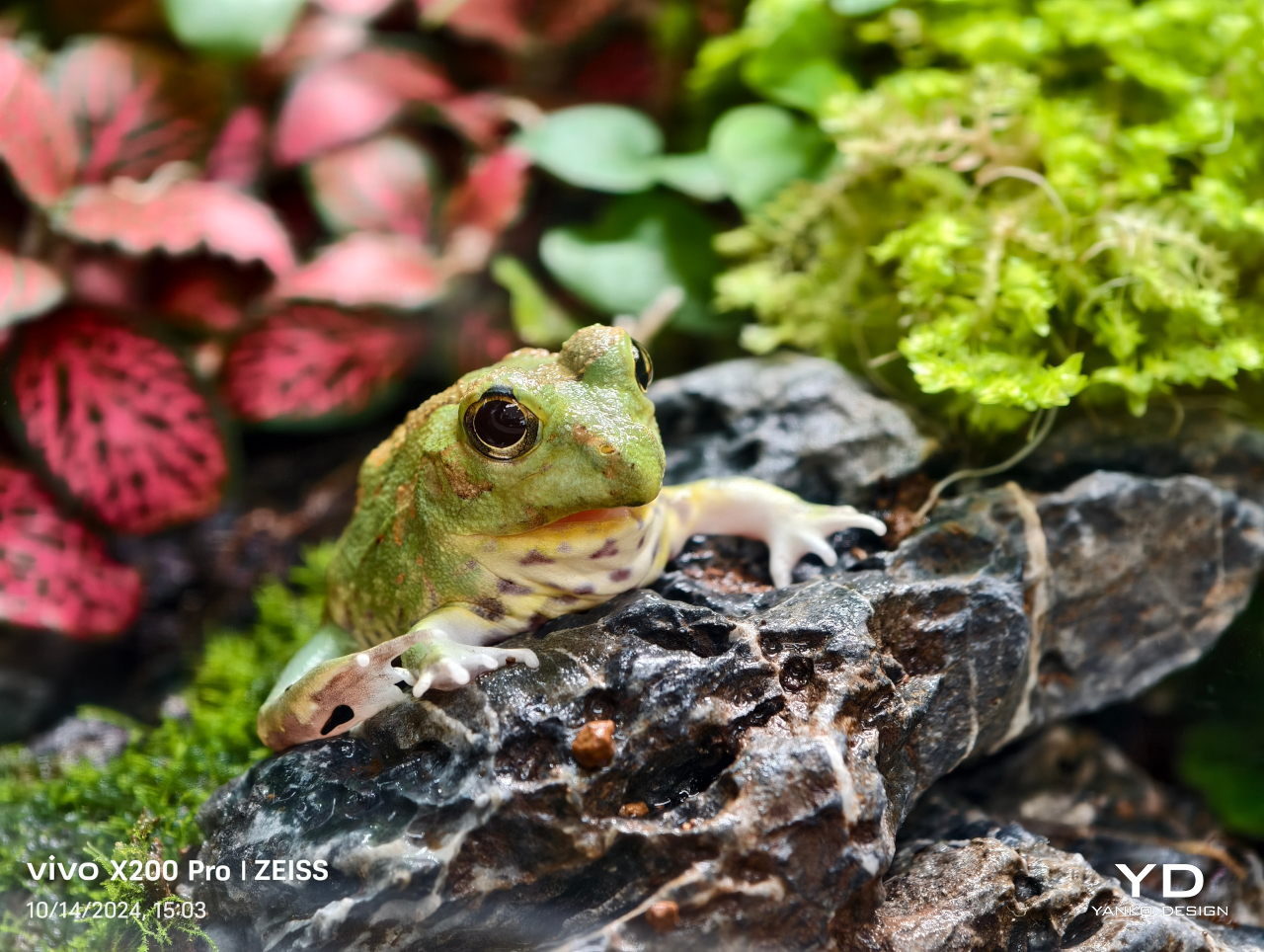
Macro, 3.5x (85mm)
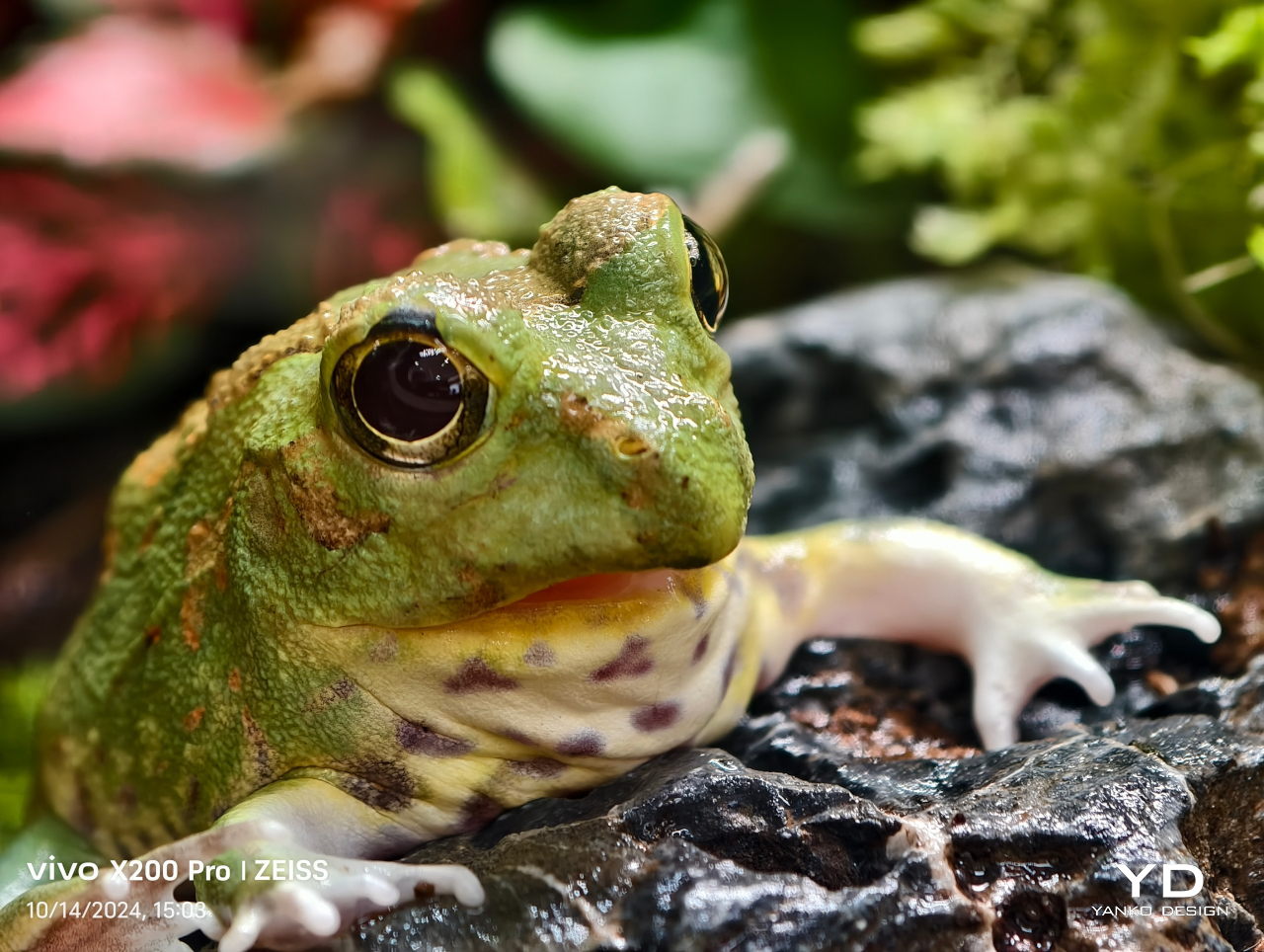
Macro, 7.4x (170mm)
All in all, the vivo X200 series delivers quite a potent package that tries to serve the sub-$800 market. With impressive photography capabilities, innovative features, and a classic, nature-inspired design, vivo is aiming to strike a chord with an audience that loves living in the moment, whether it’s in concerts, live events, a nature trek, or an outdoor adventure.
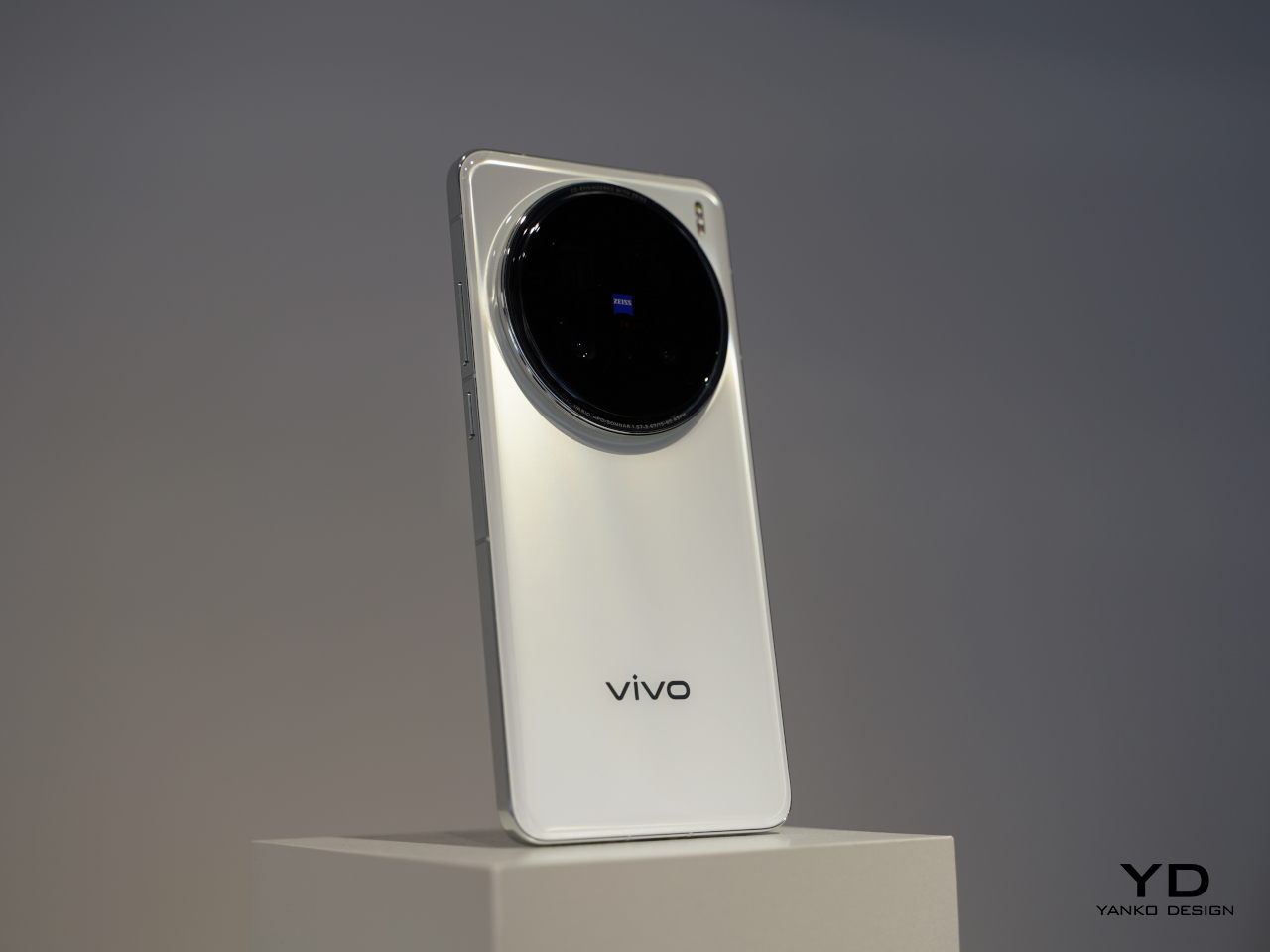
The post vivo X200 Series Hands-On: For Concerts and Nature Adventures first appeared on Yanko Design.
Xiaomi 14T Pro offers advanced photography with Leica optics, 4K video, and AI features, wrapped in a sleek design with a 144Hz AMOLED display.
The post Xiaomi 14T Pro: Versatile Flagship with Advanced Camera first appeared on Trendy Gadget.
With the Pixel 6 in 2021, Google embarked on a new design language and visual identity for its smartphones. Like it or not, and some definitely didn’t, the camera “visor” has become an identifying mark of the Pixel phones since then, something that no other brand dared to even try. It underwent a few refinements until it was finally replaced by the camera “bar” in this year’s Pixel 9. Some loved it, some despised it, and some even wanted to have the old visor back. It seems that Google isn’t done playing around with the design just yet if these early unofficial renders for next year’s “mid-release” Pixel phone. And if the Pixel 9a is any indicator of the direction that Google will take in the future, it’s bound to split camps yet again.
Designer: Google (via AndroidHeadlines and OnLeaks)
![]()
It’s not that hard to understand how divisive the Pixel camera design is. On the one hand, it is big, visible, and distracting, but on the other hand, it is executed elegantly, balances the phone on your desk, and gives your index finger something to rest on when holding the phone. What both camps will probably agree is that the camera visor or bar is an identifying mark of the Pixel phone, and it’s something the Pixel 9a might lack.
![]()
Based on the first CAD renders made from leaked information, the next mid-range Pixel phone will ditch the camera bar for a flatter design. Curiously, the cameras aren’t placed closer to the upper left corner of the phone’s back even without the bump, and it seems to be in the exact same position if it did have that bar. It’s almost as if Google just did a magic trick like pulling out the tablecloth from under the cameras, leaving them in the exact same place. At the same time, however, the camera island isn’t completely flush with the rest of the phone’s back as it has a raised lip around the oval, perhaps for protection. Whether it will make the wobble is something that can only be tested with an actual unit.
![]()
Other than that, the rest of the Pixel 9a’s design is pretty similar to the Pixel 9, down to having only two cameras on its back. The exact dimensions of the upcoming phone remain undisclosed, so we don’t know yet how bigger or smaller it is compared to the Pixel 9. The bezels around the display, however, do look a little thicker, giving it a less premium appearance overall.
The Pixel “a” series often carries the design from the same generation, so it would be surprising to see this big a change for the phone. It could also be Google’s strategy to further differentiate the Pixel 9a from the Pixel 9, giving it an aesthetic that definitely looks more “mid-range” than the flagship models. You can still see signs of the Pixel DNA if you look hard enough, but other than the position and orientation of the cameras, it’s almost too easy to pass the Pixel 9a over for some more visually interesting mid-tier phones.
![]()
The post Pixel 9a leaked renders look pretty barren without the distinctive camera bar first appeared on Yanko Design.
Discover the Xiaomi 14T, featuring a powerful camera, advanced AI, stunning display, and solid performance for an exceptional smartphone experience.
The post Xiaomi 14T: A New Era in Smartphone Photography first appeared on Trendy Gadget.
Ever since it relaunched the ill-fated Galaxy Note 7, Samsung has been launching a new “Fan Edition” S series flagship every year. The Samsung FE series is supposed to bring the most wanted features of its high-end phones down to a more affordable price tag, which means it does have to cut some corners to reach that price point. Cameras and battery life have always been the main focus of the Galaxy FE phones, but this year brings an unsurprising addition to that set. With the Galaxy S24 FE, Samsung is making an even bigger push for its Galaxy AI suite, trying to push it to more people with a handset that won’t kill their budget too much.
Designer: Samsung
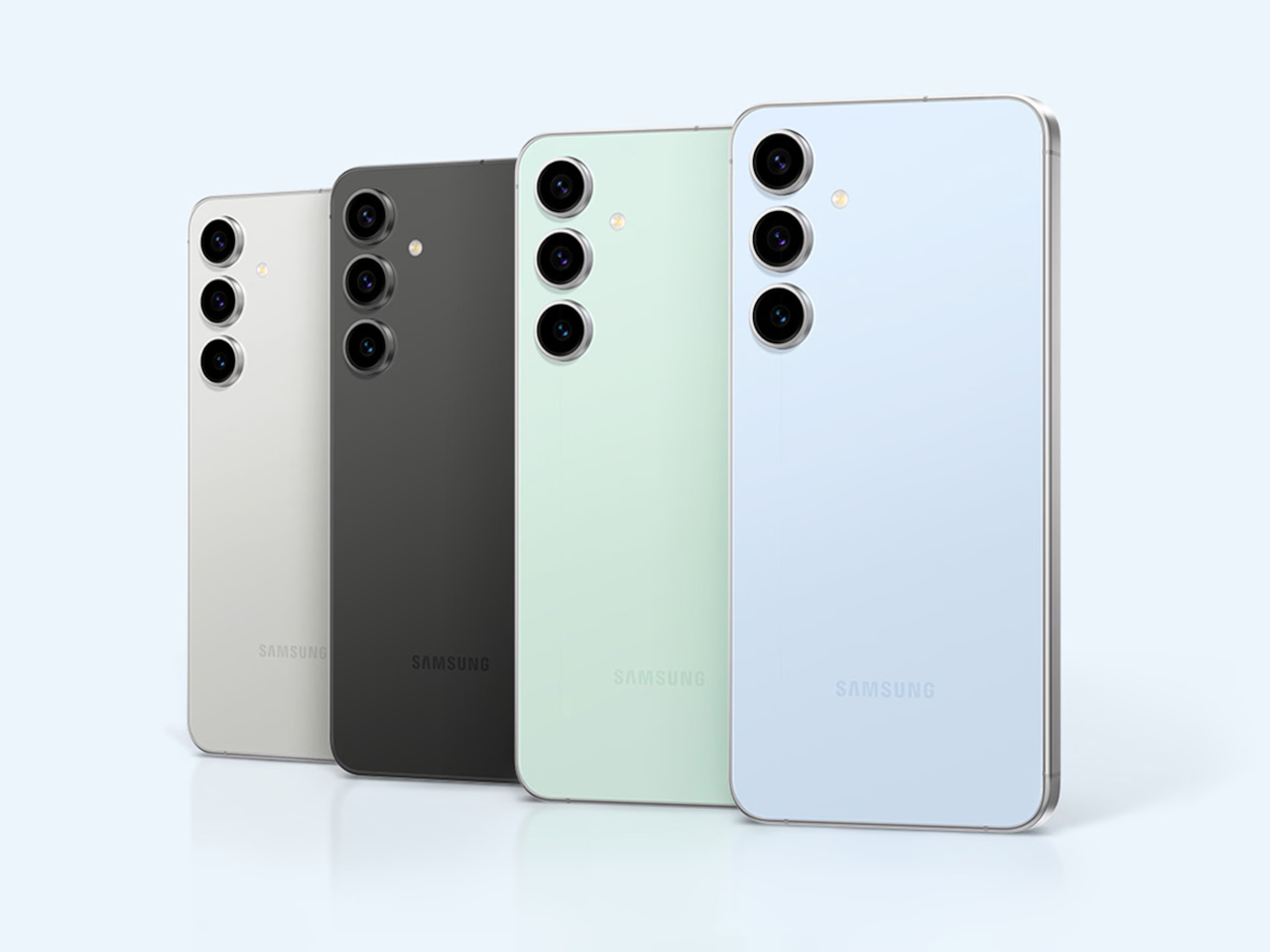
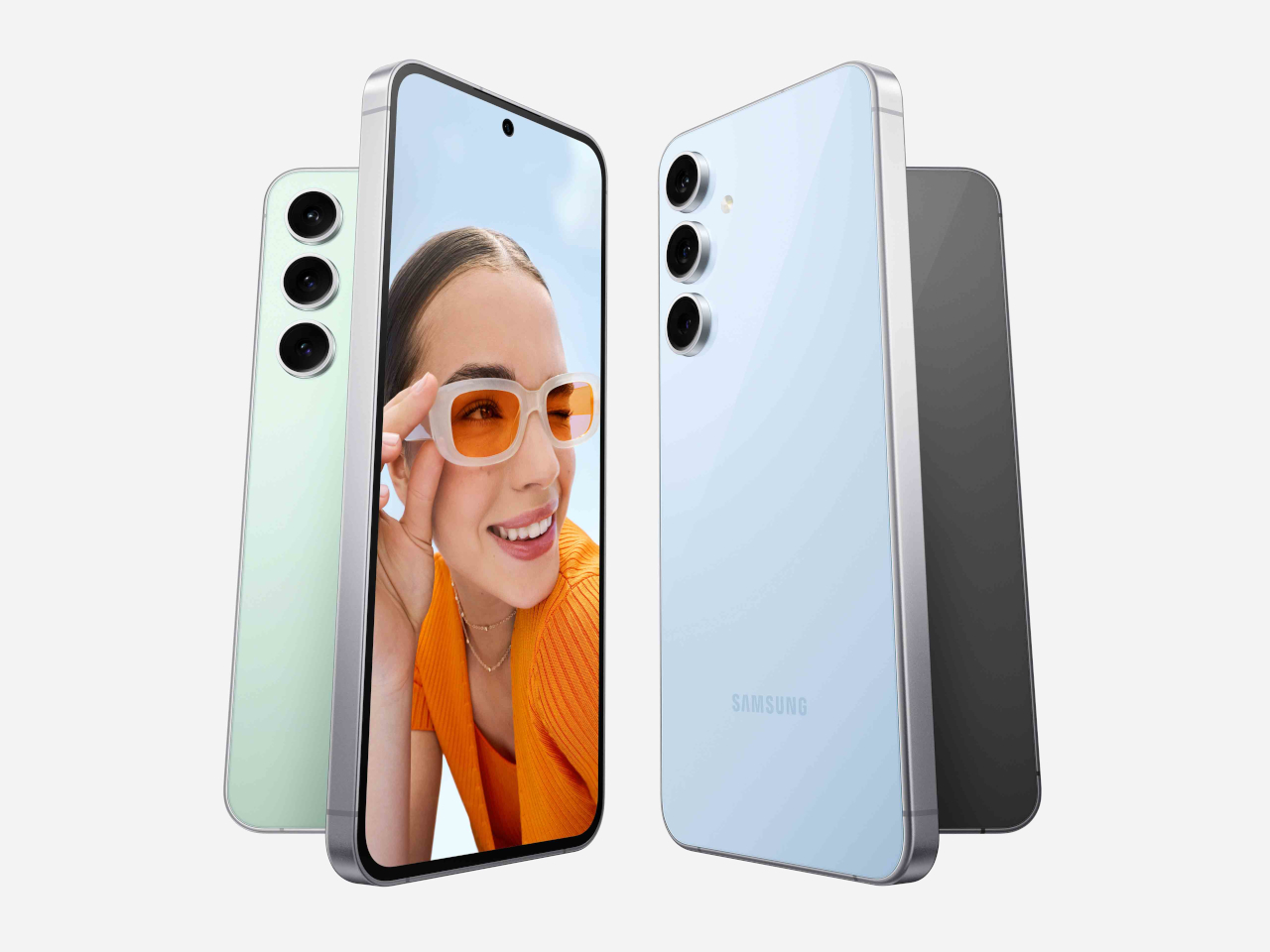
In terms of design, the Galaxy S24 FE strangely stands in between the Galaxy S24+ and the Galaxy S24 Ultra. It has an unapologetically large 6.7-inch screen, but its actual size is made even bigger by the wider bezels you won’t see on the more premium Galaxy S24 series. It does at least have the same elegant minimalist design as the Galaxy S24 and Galaxy S24+ with its rounded corners, flat edges, and flat front and back.

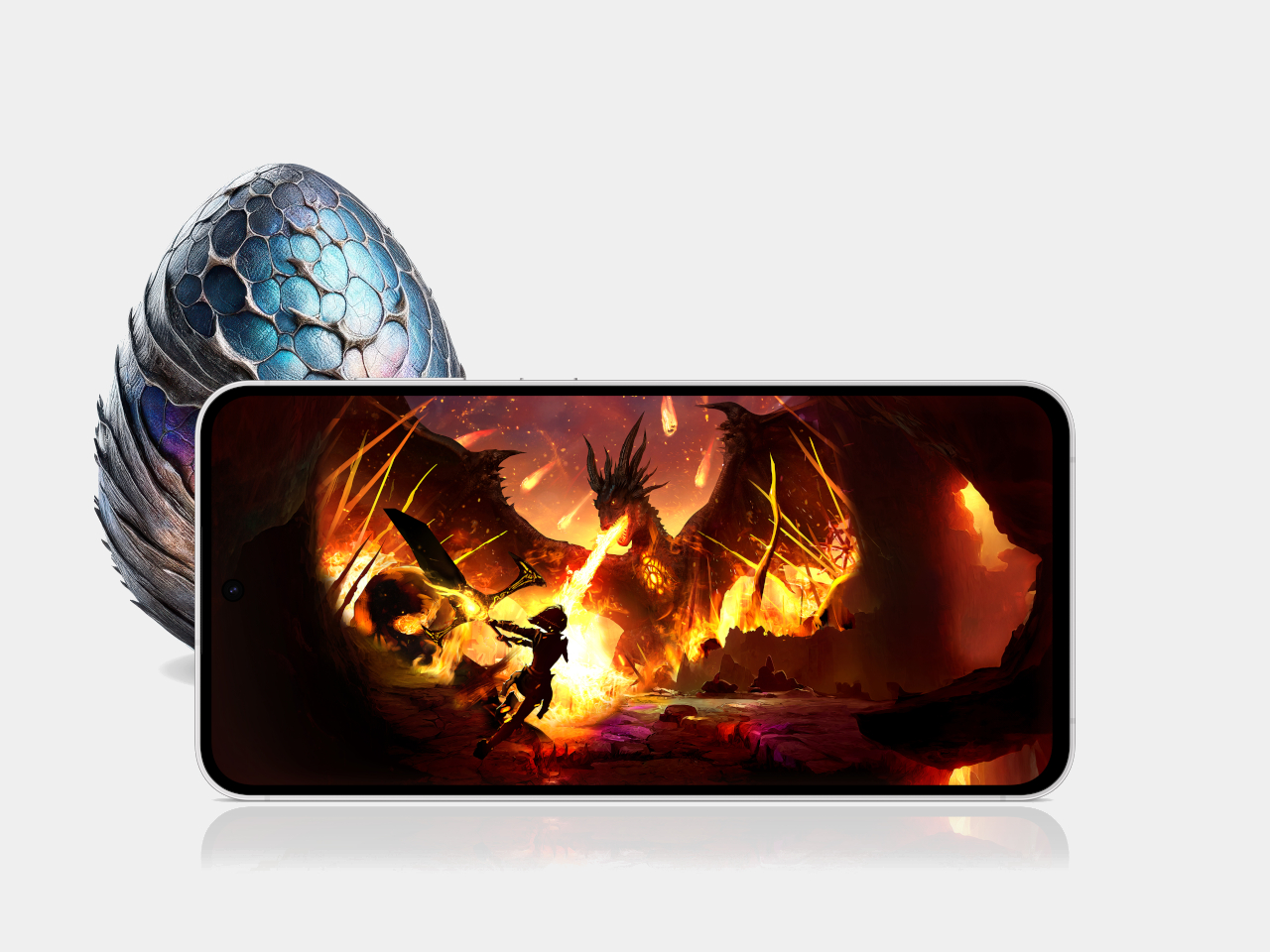
Of course, the “Fan Edition” phones come with plenty of compromises if you compare them to the standard flagship. In this particular case, the Galaxy S24 FE has a slightly dimmer screen that has fixed refresh rates of either 60Hz or 120Hz only, an underclocked mid-range Exynos 2400e processor, and only 8GB of RAM. That said, it does have a larger 4,700mAh battery compared to the 4,000mAh battery on the Galaxy S24, and it has almost similar 50MP main and 12MP ultra-wide cameras. The 3x telephoto camera, however, only has an 8MP sensor.


Unsurprisingly, a lot of the focus in this release is on Galaxy AI and the features that it enables. Those include retouching photos, making amusing compositions, and of course, Circle to Search with Google. Hopefully, the phone’s modest specs will be able to catch up with the demanding AI features without making the phone too hot to handle.
What is surprising is that Samsung is making the same support commitment it made with its more expensive phones, namely seven generations of OS upgrades and seven years of security updates. The phone also uses some materials made from recycled plastics, aluminum, glass, and rare earth metals, which is pretty impressive for a “cheaper” variant of a flagship phone. All of these come with a $649.99 price tag for 128GB of storage ($709.99 for 256GB), which isn’t all that bad considering you’re getting a solid phone from a reputable brand.

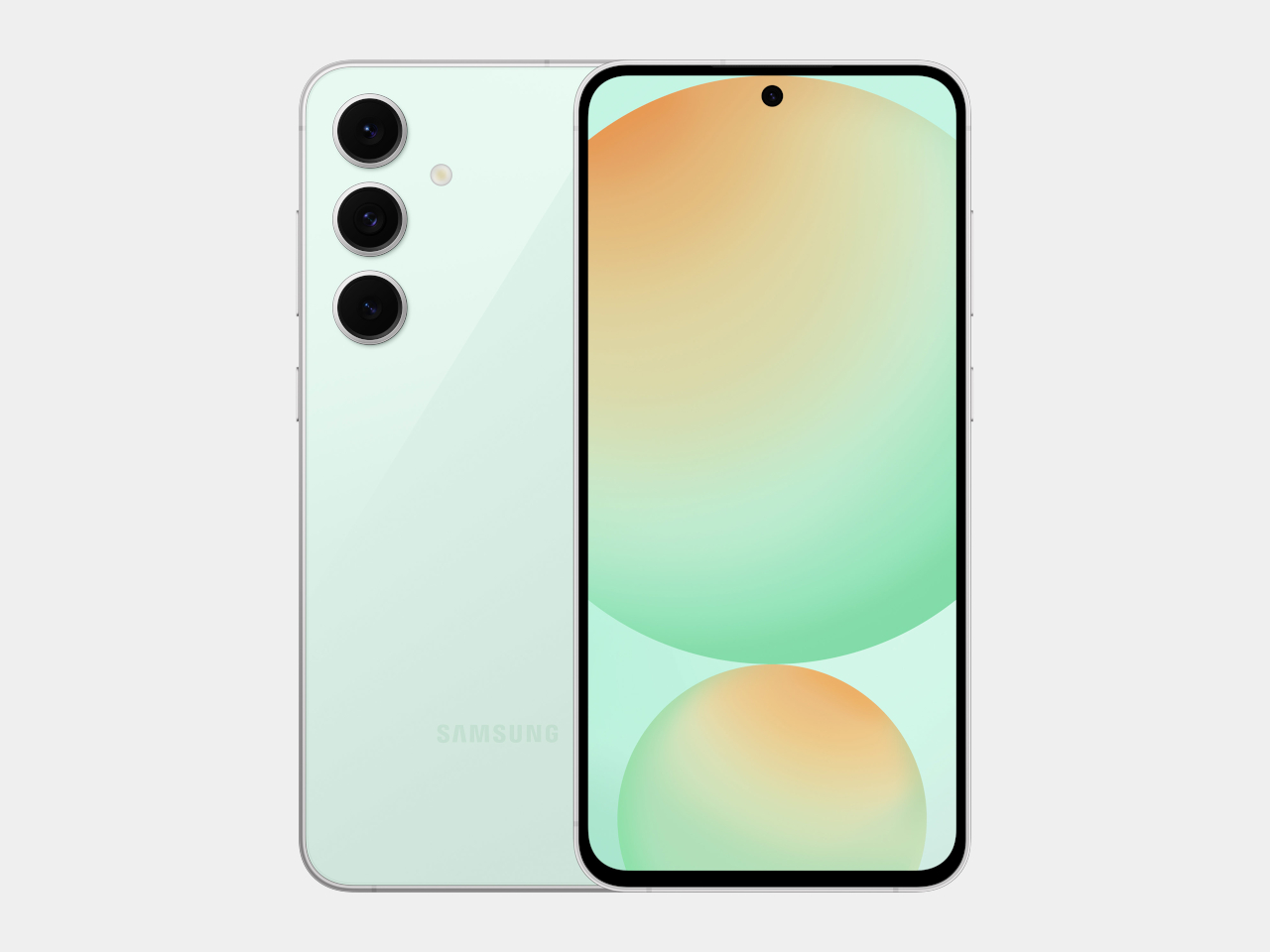
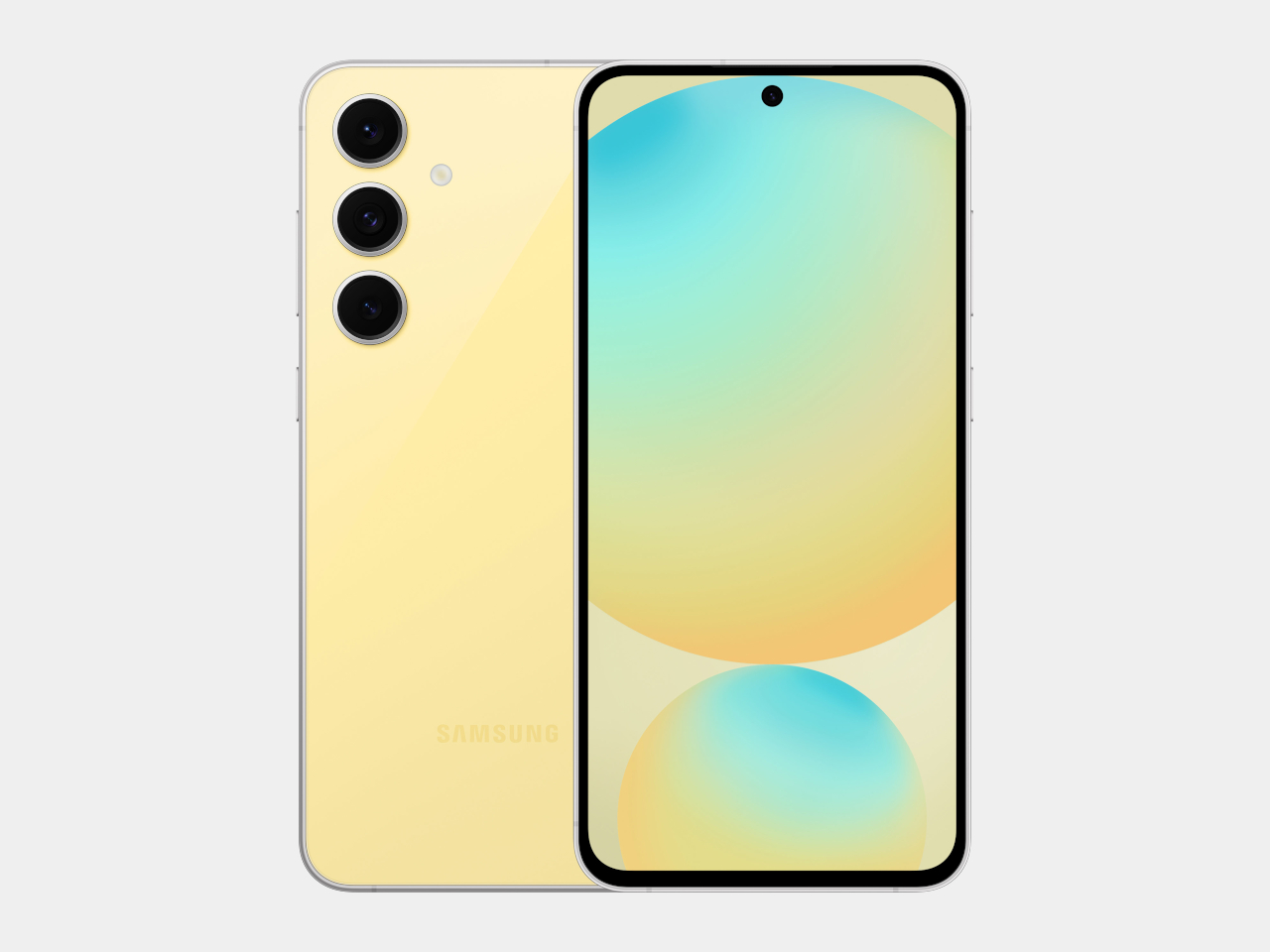
The post Galaxy S24 FE tries to make AI and minimalist design more accessible first appeared on Yanko Design.
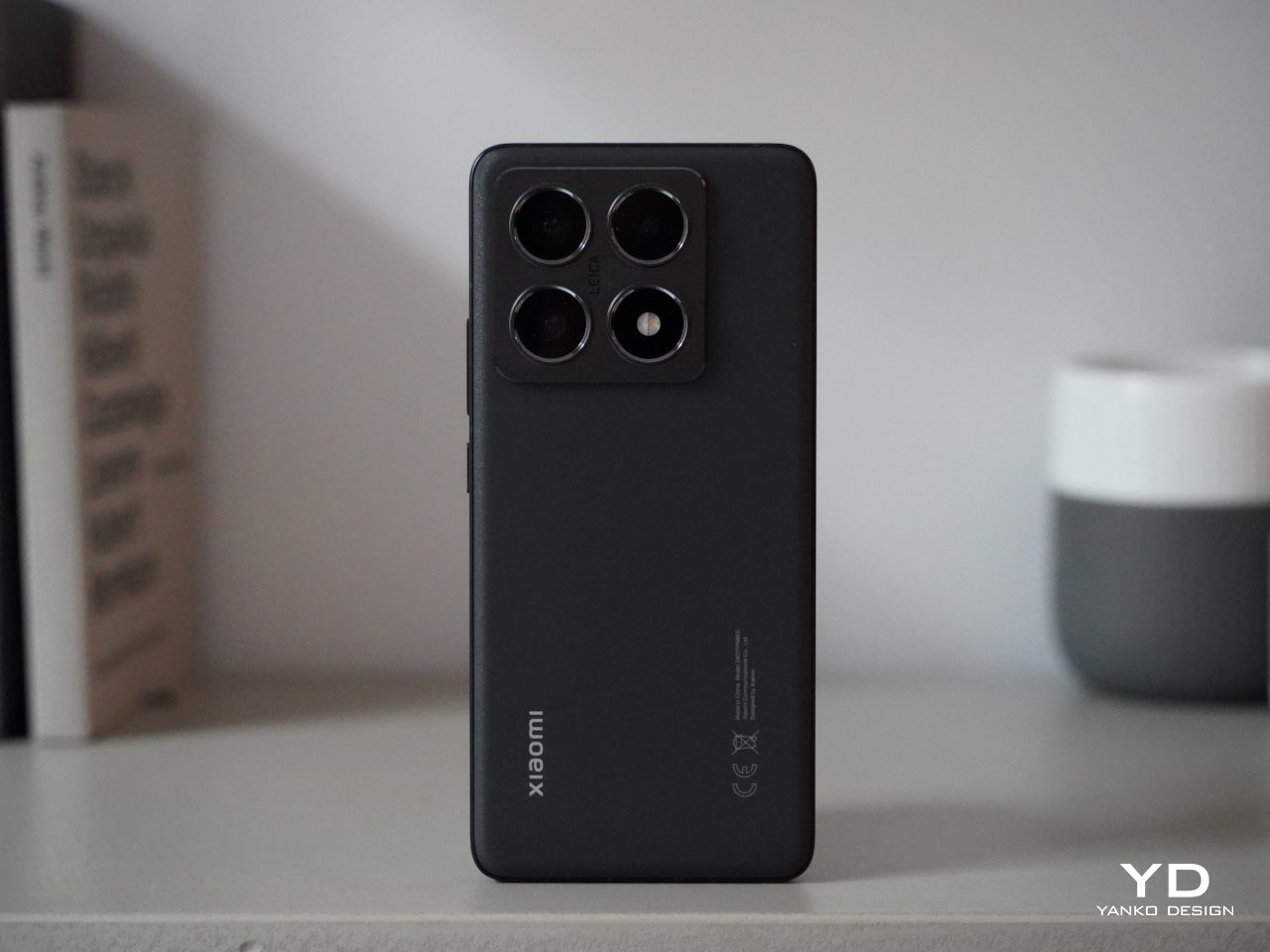
2024 has been a year of remarkable growth and innovation for Xiaomi. Building upon its success in the smartphone market, the company has expanded its horizons with the launch of its first electric vehicle, the SU7, back in March. The company then proceeded with the launch of its first-ever flip phone, the Xiaomi MIX Flip, as well as the fourth iteration of its flagship foldable, the MIX Fold 4. Impressive sales figures for the SU7 and the positive reception of the MIX Flip and MIX Fold 4 demonstrated Xiaomi’s ability to capture market shares in diverse product categories. It is clear that Xiaomi wants to take advantage of this moment and solidify its position as a leading global technology brand with the launch of the Xiaomi 14T and 14T Pro. Part of its budget-friendly numbered T series, the Xiaomi 14T Pro boasts flagship features similar to its flagship Xiaomi 14 and 14 Ultra phones, such as cameras co-developed with Leica. But does Xiaomi still have its magic touch or has it spread itself too thin? Read on to find out.
The Xiaomi 14T Pro’s understated design is its strength. While it doesn’t offer groundbreaking aesthetics, its simplicity is elegant. The familiar design language from its predecessor is carried over into this model. Available in Titan Gray, Titan Blue, and Titan Black, but choosing a color shouldn’t be a challenge as they all offer similar aesthetics. I wish Xiaomi had explored more fun color options. We received the Titan Black variant. The matte black back panel is speckled for a light-catching effect and features a velvety texture that resists fingerprint smudges.
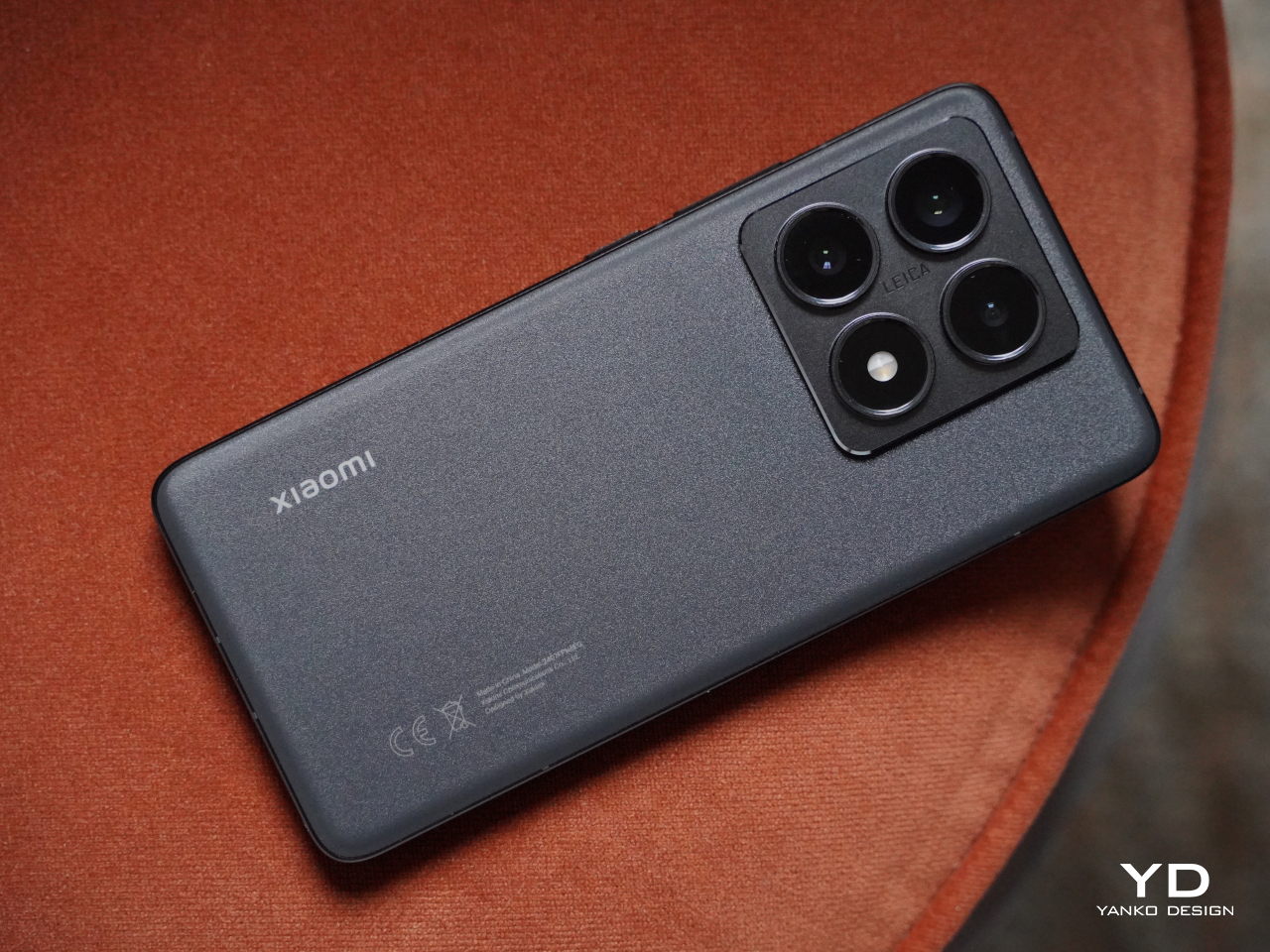
The device’s square camera island is big but maintains a discreet profile that matches the color of the back panel. The camera island’s smooth surface contrasts with the back panel’s textured finish. The arrangement of the cameras and LED light is perfectly symmetrical, centered around the Leica logo. Each camera and LED light is housed in a raised circular enclosure, making it slightly more challenging to clean dust that may accumulate. That said, it carries a sort of LEGO block vibe that makes it stand out a bit, especially from the rest of the Xiaomi 14 series.
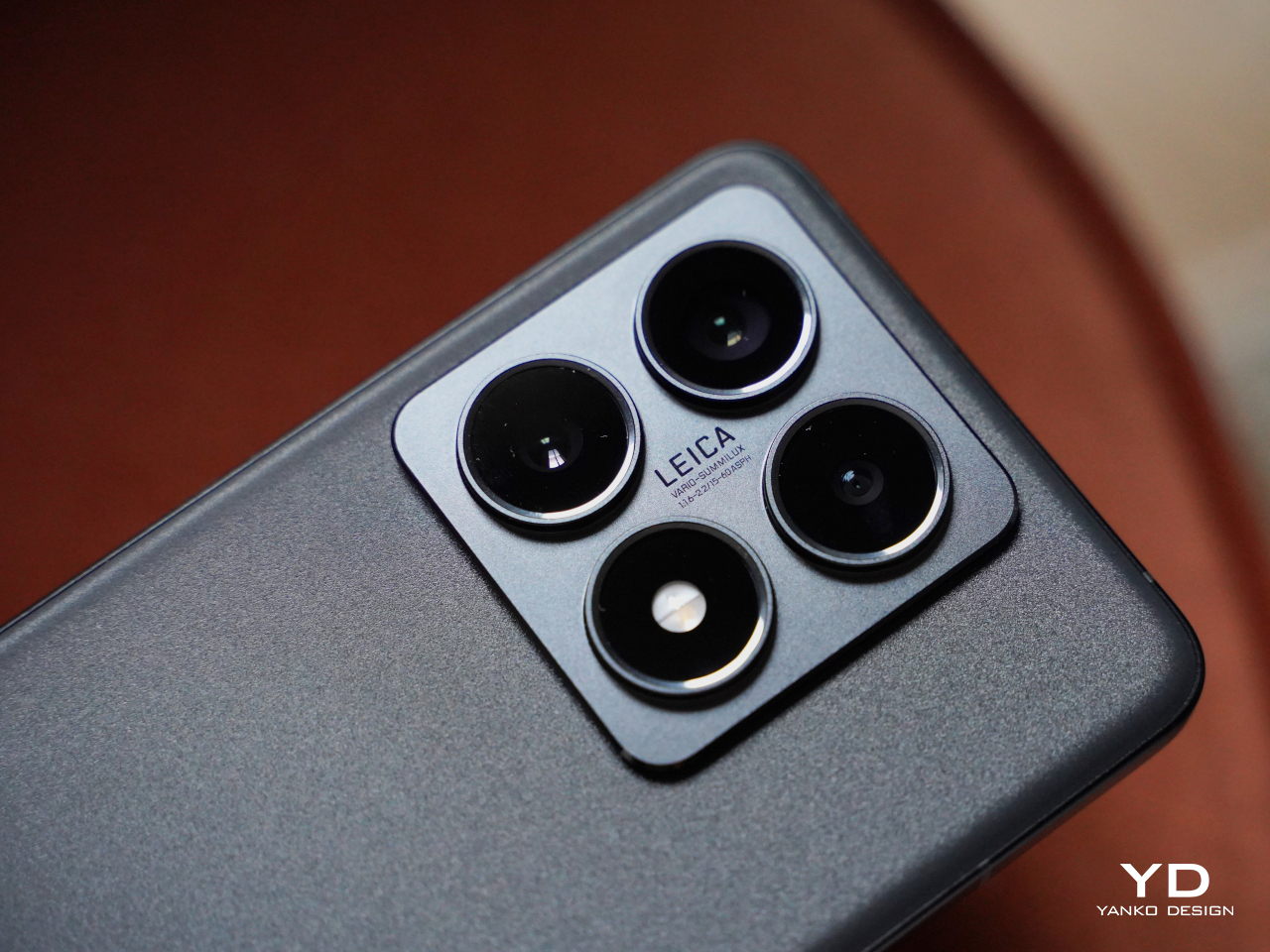
The small Xiaomi logo in silver is positioned on the lower left and the regulatory icons and text on the lower right. Overall, 14T Pro offers a clean design, while the matte textured back panel and metallic aluminum alloy frame give it a premium feel. It is simple and direct, a breath of fresh air from the visually noisy designs of recent smartphones.
Measuring 160.4mm x 75.1mm x 8.39mm and weighing 209g, the Xiaomi 14T Pro leans towards the larger side of the spectrum. Despite its size, the device feels comfortable to hold, whether with one or both hands. All edges slightly curve into the frame giving comfort, while the flat sides provide a better grip when you hold the device in your hand.
The right side of the phone features volume and power buttons with diagonal engraving, while the left side remains clean except for antenna cutouts. The top houses an IR blaster and speaker, while the bottom accommodates a dual SIM slot, microphone, USB-C port, and speaker. The sides might be busy with these many parts, but they visually blend into the frame and stay out of the way of your fingers or your palm when you hold the phone.
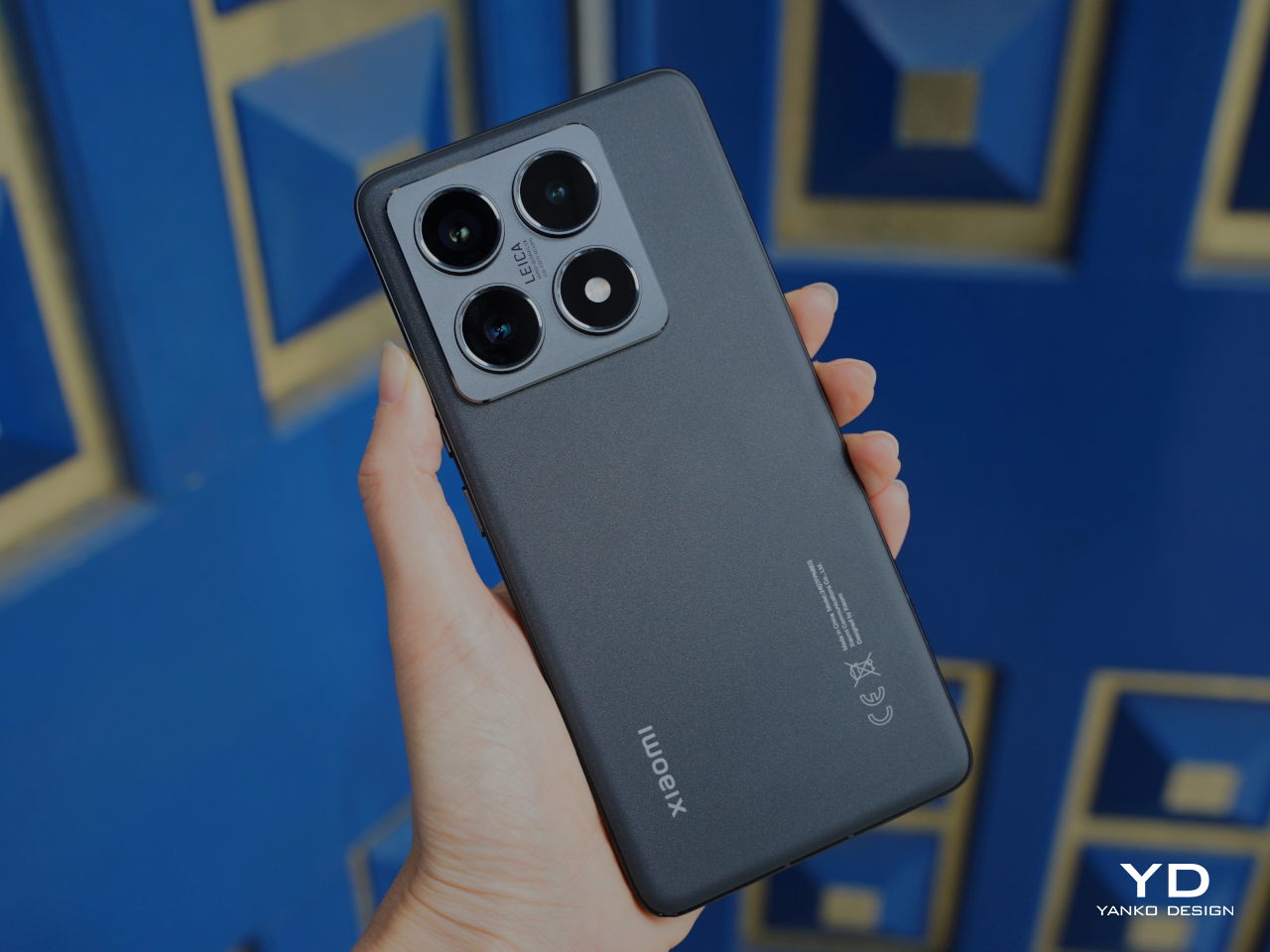
The off-center camera module can cause the phone to wobble slightly on flat surfaces which might be a minor inconvenience if they are sensitive to such details. Nothing that a case wouldn’t fix, of course, and it’s a design trait shared by almost all smartphones these days. The Xiaomi 14T Pro is thankfully not uncomfortable to hold and use despite its large size, though it doesn’t stand out as an example of good ergonomics either.
Xiaomi’s collaboration with Leica has significantly elevated its camera capabilities, resulting in exceptional photo and video quality. This partnership continues as Xiaomi works with Leica on its more budget-friendly flagship models, ensuring high-quality imaging remains accessible. The 14T Pro features a triple camera setup, including a 50MP main camera with an f/1.6 aperture, a 50MP telephoto camera with an f/2.0 aperture, and a 12MP ultra-wide camera with an f/2.2 aperture. All three cameras offer two Leica photographic styles: “Leica Vibrant” and “Leica Authentic.”


The main camera features a Light Fusion 900 sensor and delivers great photos with nice detail, wide dynamic range, natural colors, and minimal noise in both daylight and low-light conditions. While the dynamic range is generally great, exposure often skews toward the brighter end, leading to washed-out highlights and crushed shadows in some situations. Additionally, HDR performance struggles with motion, especially in low-light environments, leading to blurry images of moving subjects.

Ultrawide (0.6x)

1x

2x

2.3x
The telephoto camera performs well in most scenarios, maintaining good detail and color accuracy. In contrast, the ultra-wide camera produces acceptable photos, but it tends to lack sharpness and detail in challenging conditions.

Telephoto (5x)

Telephoto (10x)

Telephoto (20x)
Portrait mode offers four focal lengths, 23mm, 35mm, 60mm, and 75mm, with the default set to 60mm. While the 60mm and 75mm portraits are captured with the telephoto camera, the 23mm and 35mm portraits are shot with the main camera. All portrait photos I took, regardless of focal length, exhibited impressive subject isolation and pleasing bokeh.

Normal (1x)
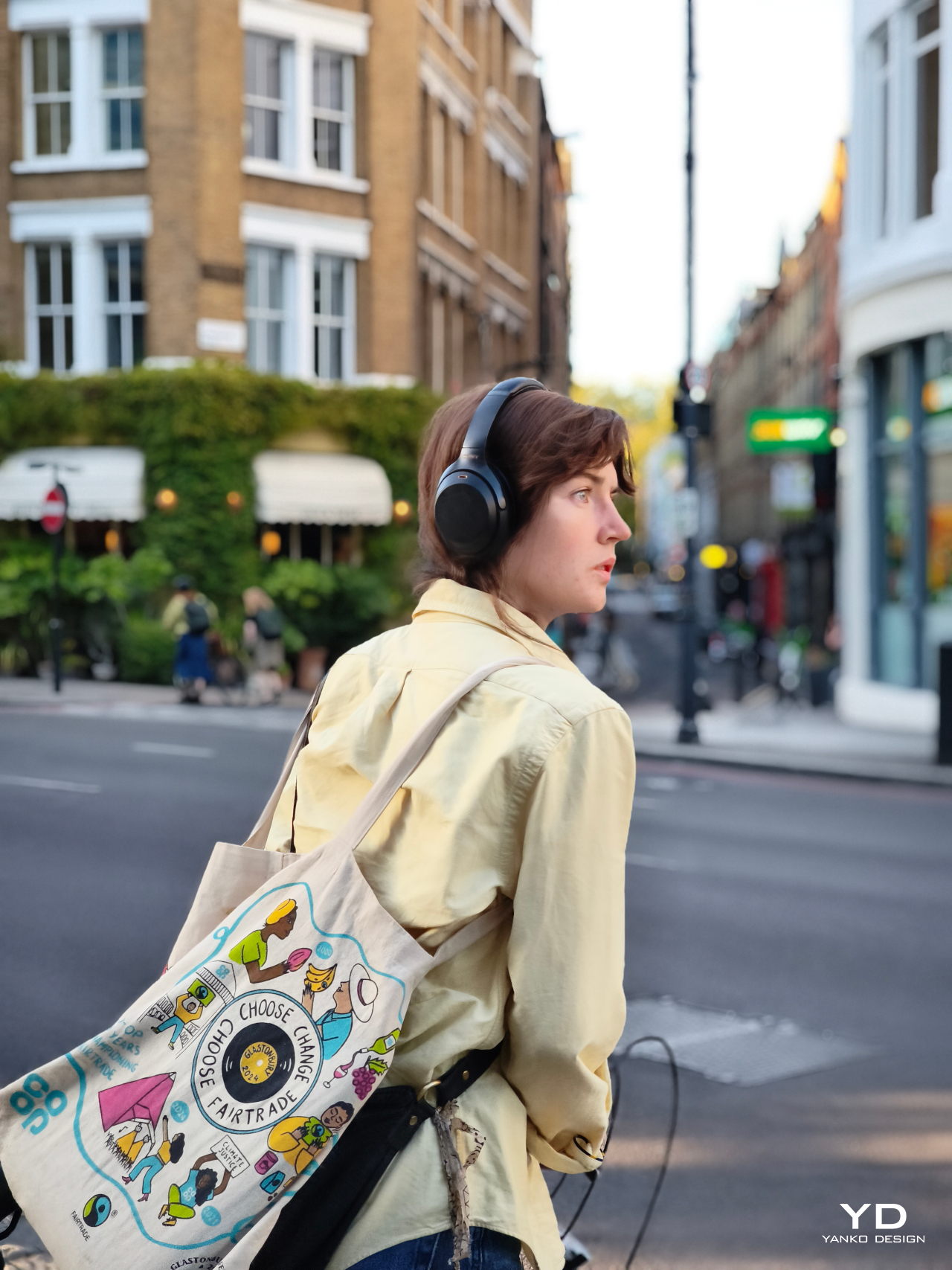
Portrait (60mm)
Although color rendering remains consistent across different cameras and magnifications in regular photo mode, a noticeable shift in white balance can be observed between photos captured with the telephoto and main cameras in portrait mode.

Portrait (23mm)

Portrait (35mm)

Portrait (75mm)
On the opposite side, the upgraded 32 MP front camera with f/2.0 aperture takes satisfactory photos, which isn’t that surprising given the hardware. The Xiaomi 14T Pro can record videos up to 8K at 24 or 30 fps with the main camera, while the telephoto and ultra-wide cameras are capable of shooting videos up to 4K at 60 fps. The front-facing camera can record up to 4K at 30 fps and 1080p at 60 fps. The 4K footage from the main and telephoto cameras is impressive, showcasing good detail, realistic colors, and a wide dynamic range, all complemented by excellent stabilization.
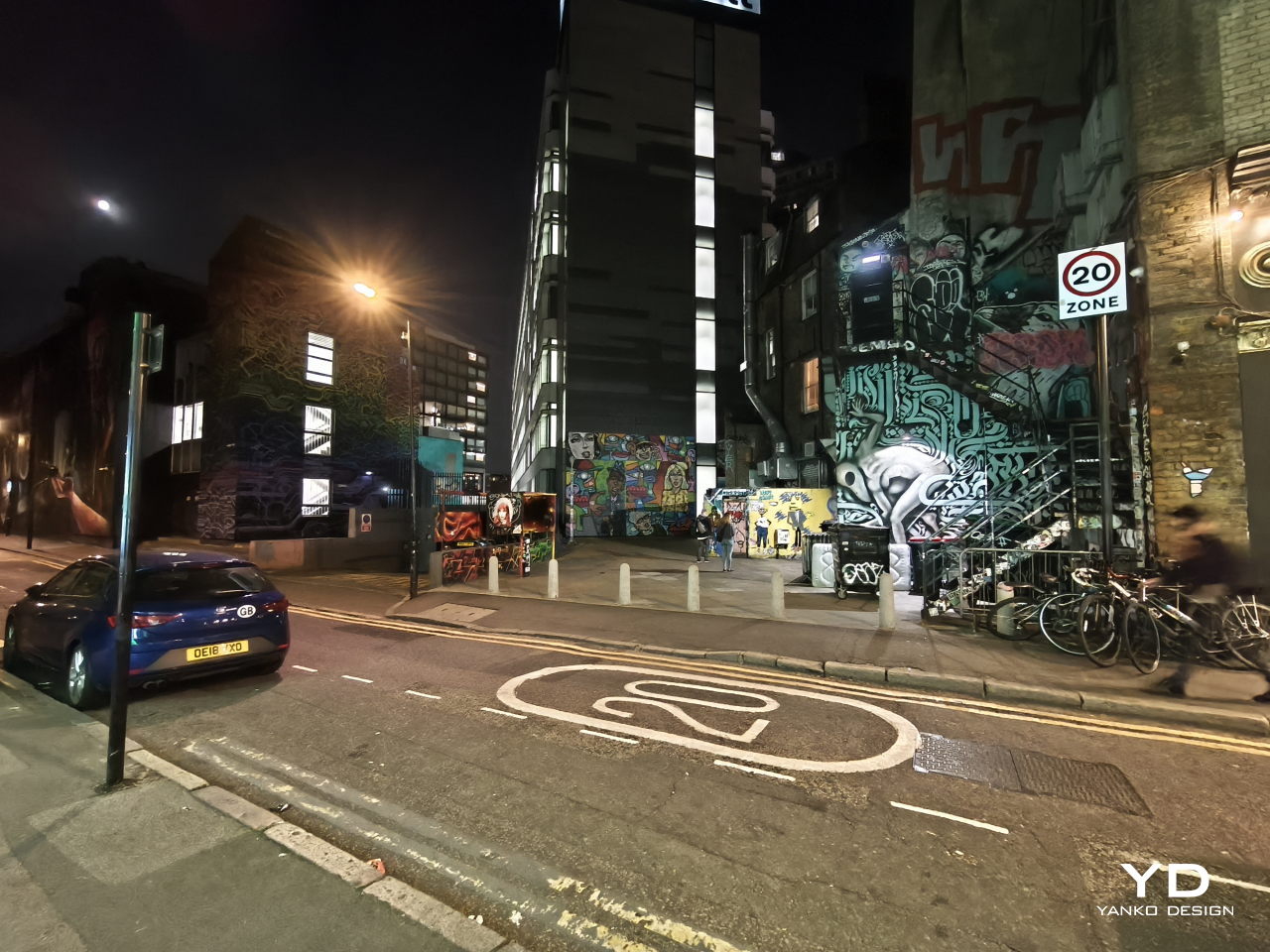


While the Xiaomi 14T Pro offers incremental hardware improvements compared to its predecessors, its most significant advancements lie in its AI capabilities. The device supports Google Gemini and introduces Circle to Search, a first for Xiaomi devices. Additional AI features include AI Interpreter, AI Notes, AI Recorder, and AI Subtitles. These AI features and Circle to Search will be available via an over-the-air (OTA) update starting September 26th, which means they aren’t accessible during this review period.
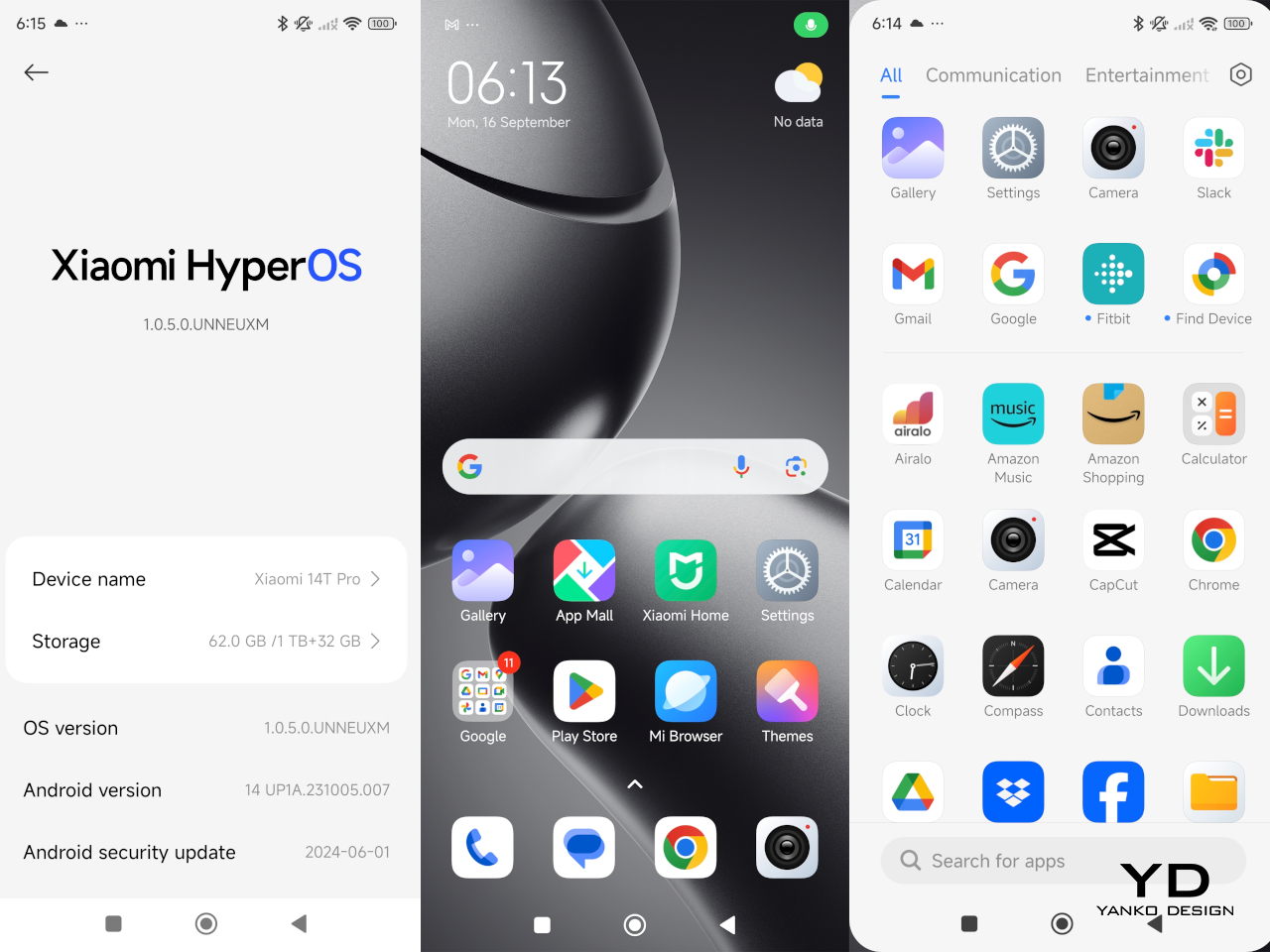
One of the AI features I was able to test was AI Erase Pro, and it was remarkably effective. The tool offers four modes: Manual, Remove Object, Remove People, and Remove Lines. The Remove People mode was particularly impressive, accurately recognizing individuals and color-coding them. Even when people were positioned in a staggered formation, the AI could identify each person. However, while erasing people from the photos worked well, the shadows were left unmanipulated.
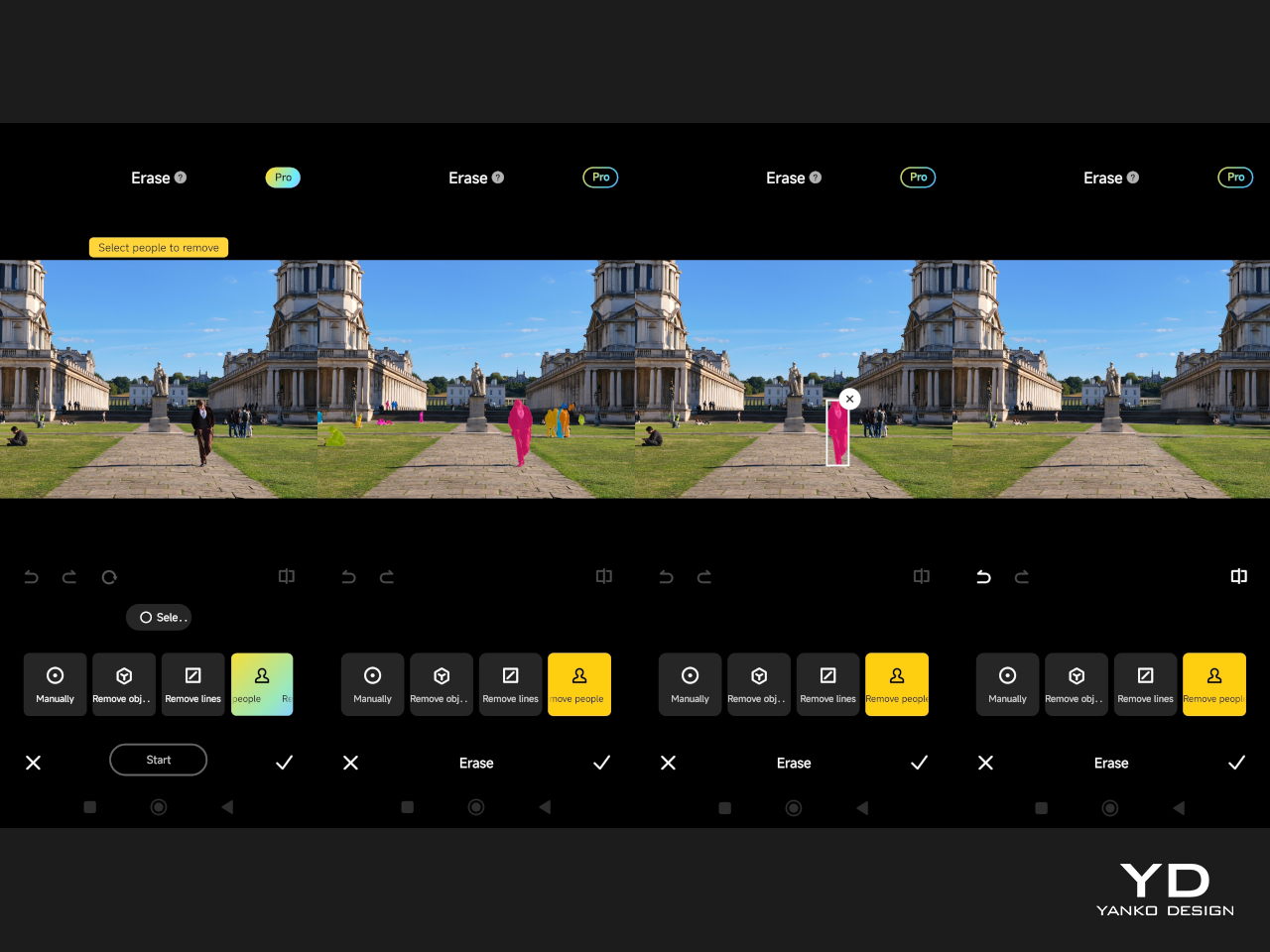
The other impressive feature of the Xiaomi 14T Pro is a big 6.67-inch AMOLED flat screen that boasts a 1.5K resolution (2,712 x 1,220), a 144Hz refresh rate, and a pixel density of 446 ppi. Supporting 12-bit color depth, HDR10+, and Dolby Vision, the display delivers sharp, vibrant visuals. Even under direct sunlight, the peak brightness of 4,000 units ensures excellent visibility while the 3,840 Hz PWM dimming reduces eye fatigue. Also, the stereo speaker is plenty loud and produces nice sounds, making the phone great for enjoying movies.
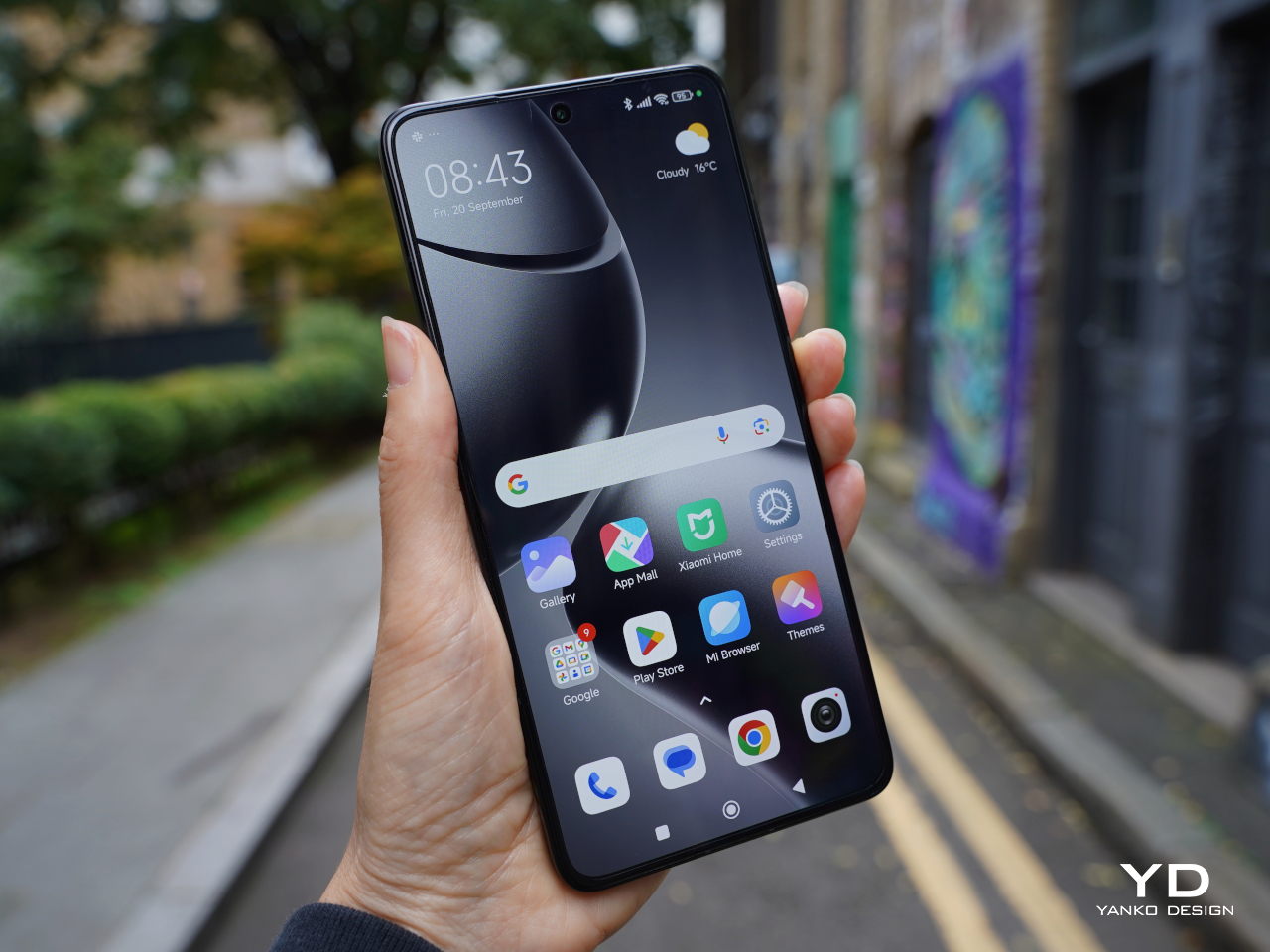
The 5,000mAh battery provides sufficient power for a full day of use. If you need a quick boost, Xiaomi’s 120W HyperCharge technology allows for incredibly fast wired charging, reaching a full charge in about 19 minutes, as stated by the company. Additionally, the 14T Pro supports 50W wireless charging, a much-welcome upgrade. Xiaomi claims that the device can be fully charged with a wireless charger in approximately 45 minutes. My personal experience aligns with these impressive capabilities.
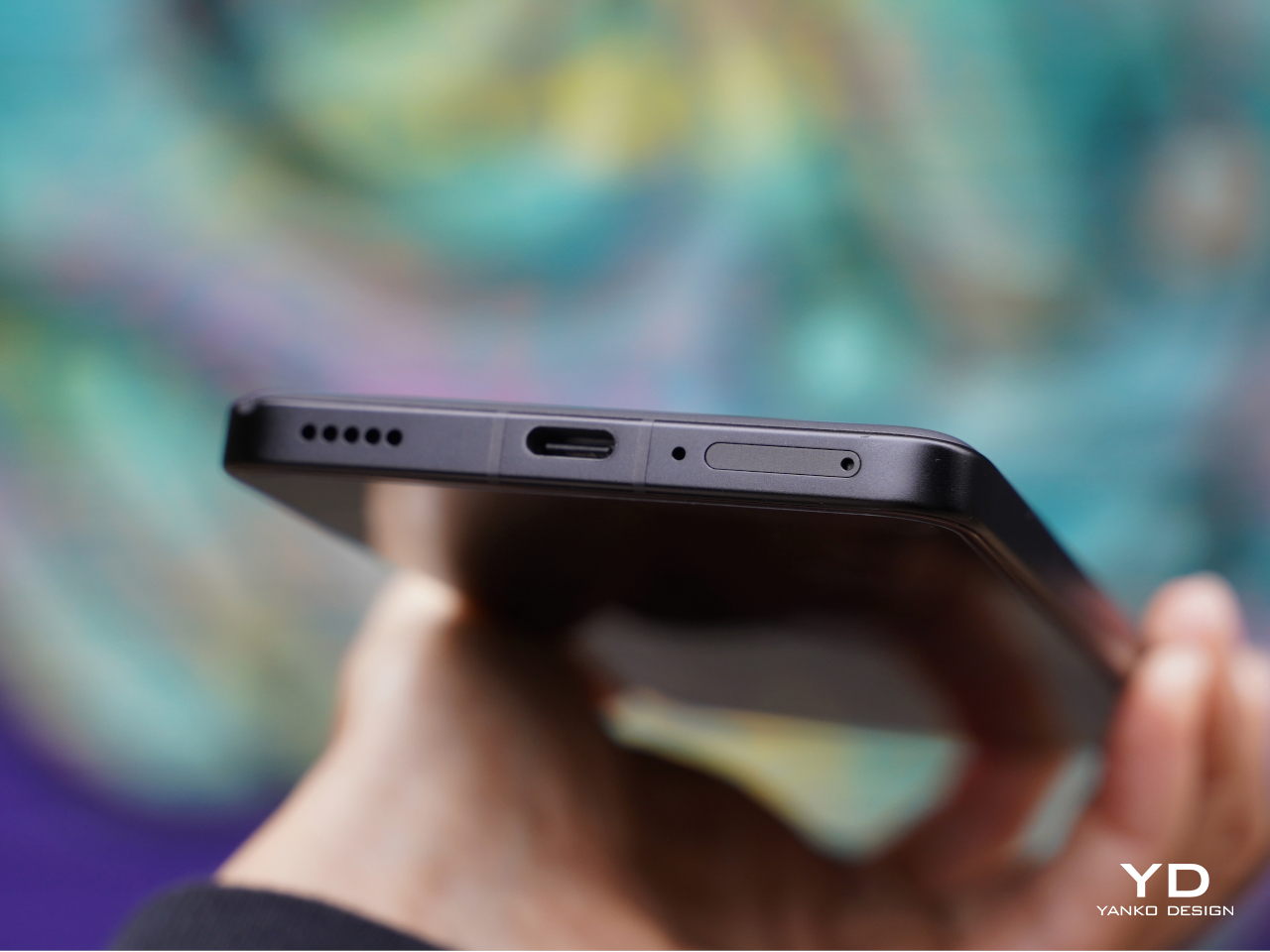
The device runs HyperOS based on Android 14 and Google services are thankfully available out of the box. Powered by MediaTek’s flagship Dimensity 9300+ chipset and paired with 12GB or 16GB of LPDDR5X RAM and 256GB, 512GB, or 1TB of UFS 4.0 storage, the Xiaomi 13T Pro delivers great performance. The device handles multitasking seamlessly, with no noticeable lag or stutter even when running multiple apps simultaneously. Additionally, it does not get hot during extended video shoots or gaming sessions, enhancing the overall user experience.
The Xiaomi 14T Pro promises a 1,600 battery life cycle and delivers IP68 dust and water resistance, ensuring both durability and longevity. Its longevity and overall sustainability aspects, however, are not as promising, especially in the area of software updates. This is somewhat disappointing for a company that is becoming one of the industry’s leading players. As the tech industry increasingly emphasizes environmental responsibility, Xiaomi has an opportunity to take a leading role by integrating sustainability into all of its products and, hopefully, it won’t let that opportunity pass it by.
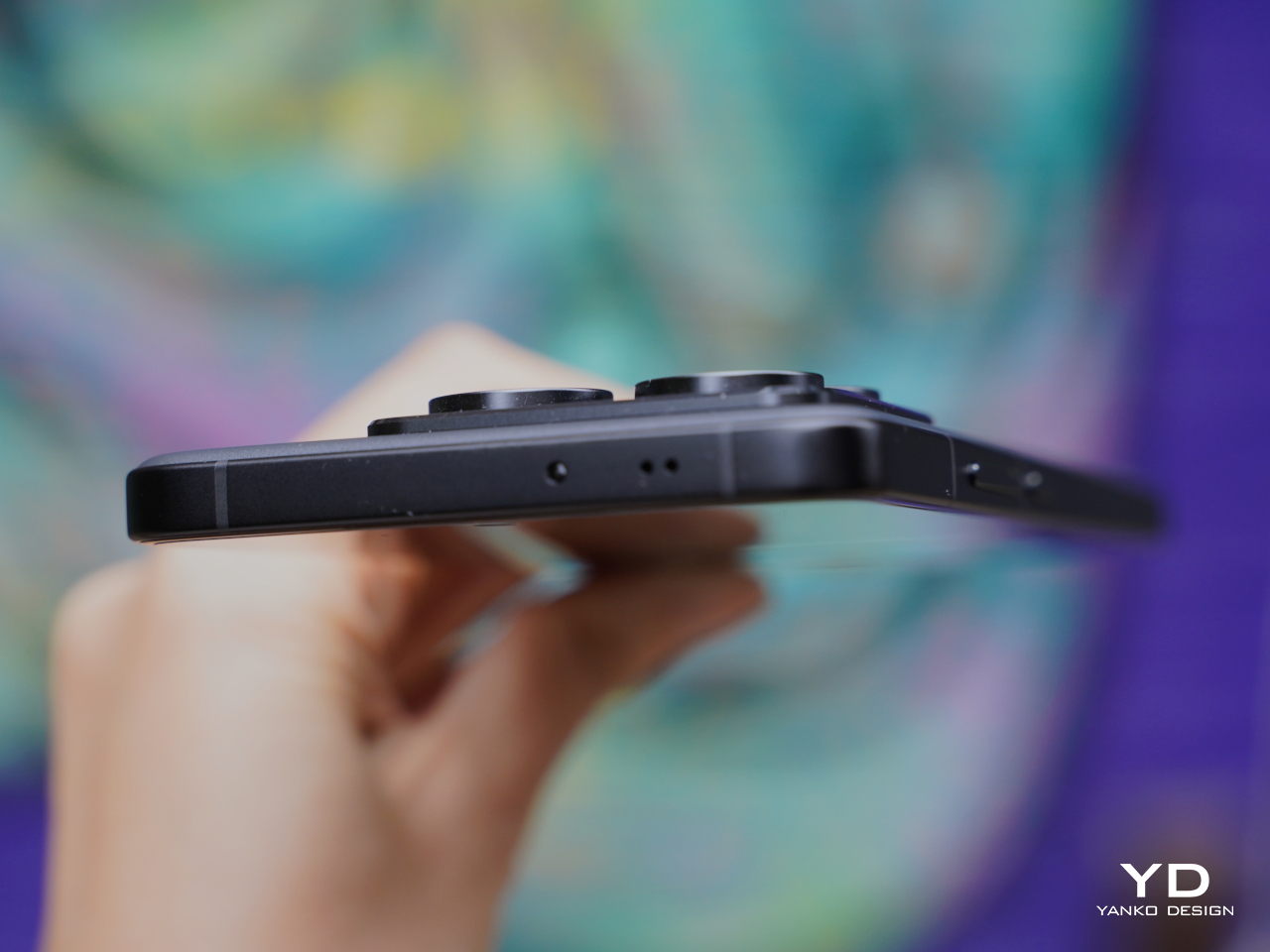
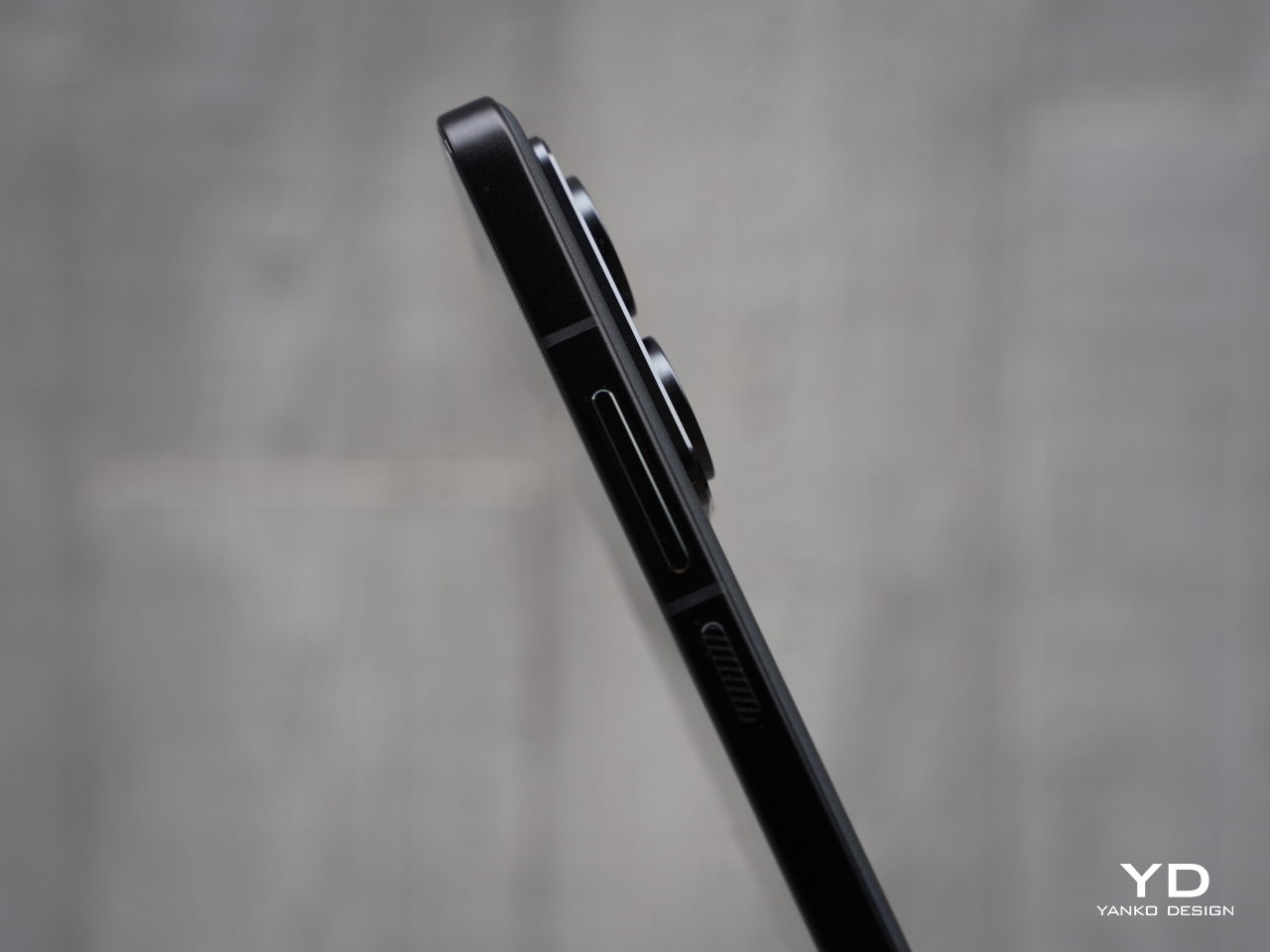
The Xiaomi 14T Pro positions itself as a compelling option for those seeking a high-performance smartphone without breaking the bank. It offers a blend of flagship-level features and a more affordable price point. While its camera may not quite reach the heights of the Xiaomi 14 Ultra, it still delivers excellent results for everyday photography and videography. It delivers much of what it promises on paper, but the real question is whether it is something you will reach for in your next smartphone buy.
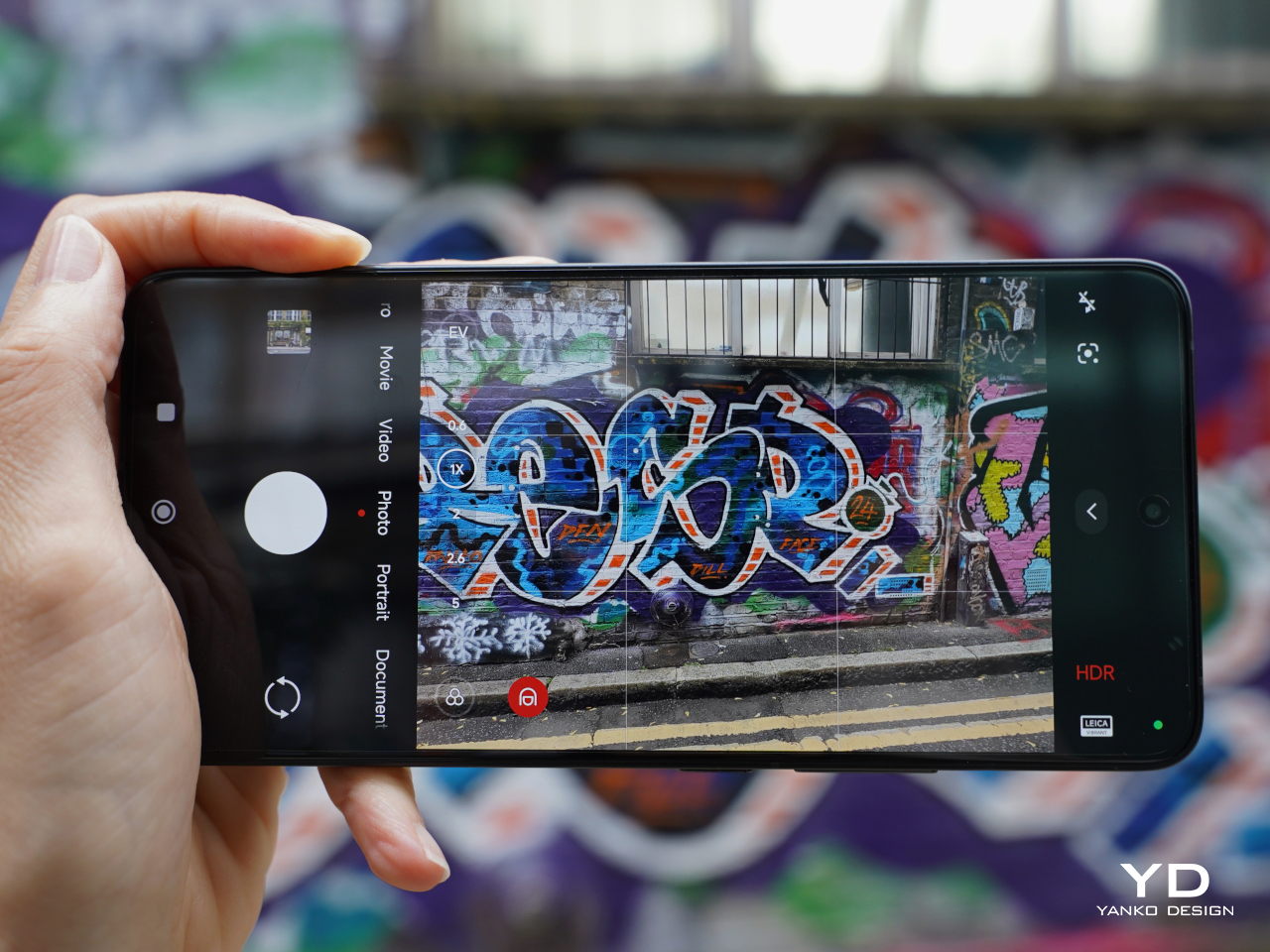
Xiaomi is definitely not the only player in this field, including in the mid-range market where there are dozens of brands and models to choose from. And while the Xiaomi 14T Pro is definitely good, it doesn’t exactly stand out in any specific way. It’s a well-balanced phone, no doubt, but it might overlooked when placed side-by-side with other mid-range phones with better cameras, higher performance, or, more importantly, lower price tags.
The Xiaomi 14T Pro may not be the most exciting phone, but there is no doubt it offers a tempting value proposition. Its solid camera performance, powerful processor, fast-charging capabilities, and vibrant display make it a compelling option for users who prioritize performance and affordability. It may not offer the absolute pinnacle of smartphone technology, leaving that for its more powerful and more expensive non-T siblings, but it doesn’t lag behind in any significant way either. With its combination of features and competitive pricing, the Xiaomi 14T Pro delivers a well-rounded experience that is sure to satisfy the needs of most users.
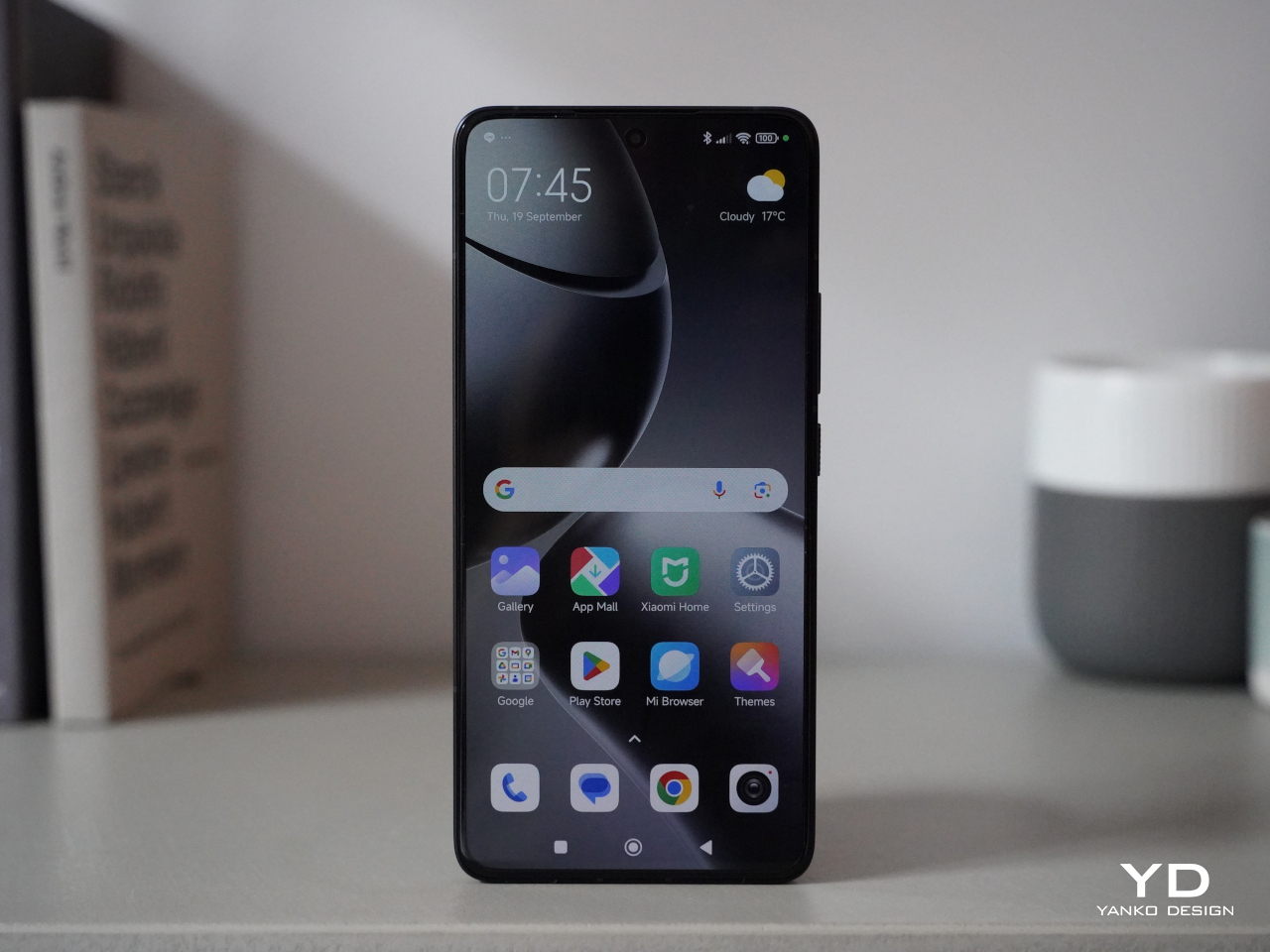
The post Xiaomi 14T Pro Review: Flagship Features Without the Flagship Price first appeared on Yanko Design.
While foldables represent the next evolution of smartphones, the current crop isn’t exactly how we imagined these devices to be. When the likes of Samsung first teased the idea of phones that transform into tablets, that dream didn’t involve squarish tablets or thick and narrow phones. The ideal is a normal-looking phone that almost magically becomes a regular tablet when it unfolds, something that wasn’t easily feasible given the technology of the past two to three years. We might be on the cusp of the next stage of the foldable revolution, and TECNO is only too happy to show off not only a tri-fold device but one that is only 11.1mm thick when folded into a conventional phone.
Designer: TECNO
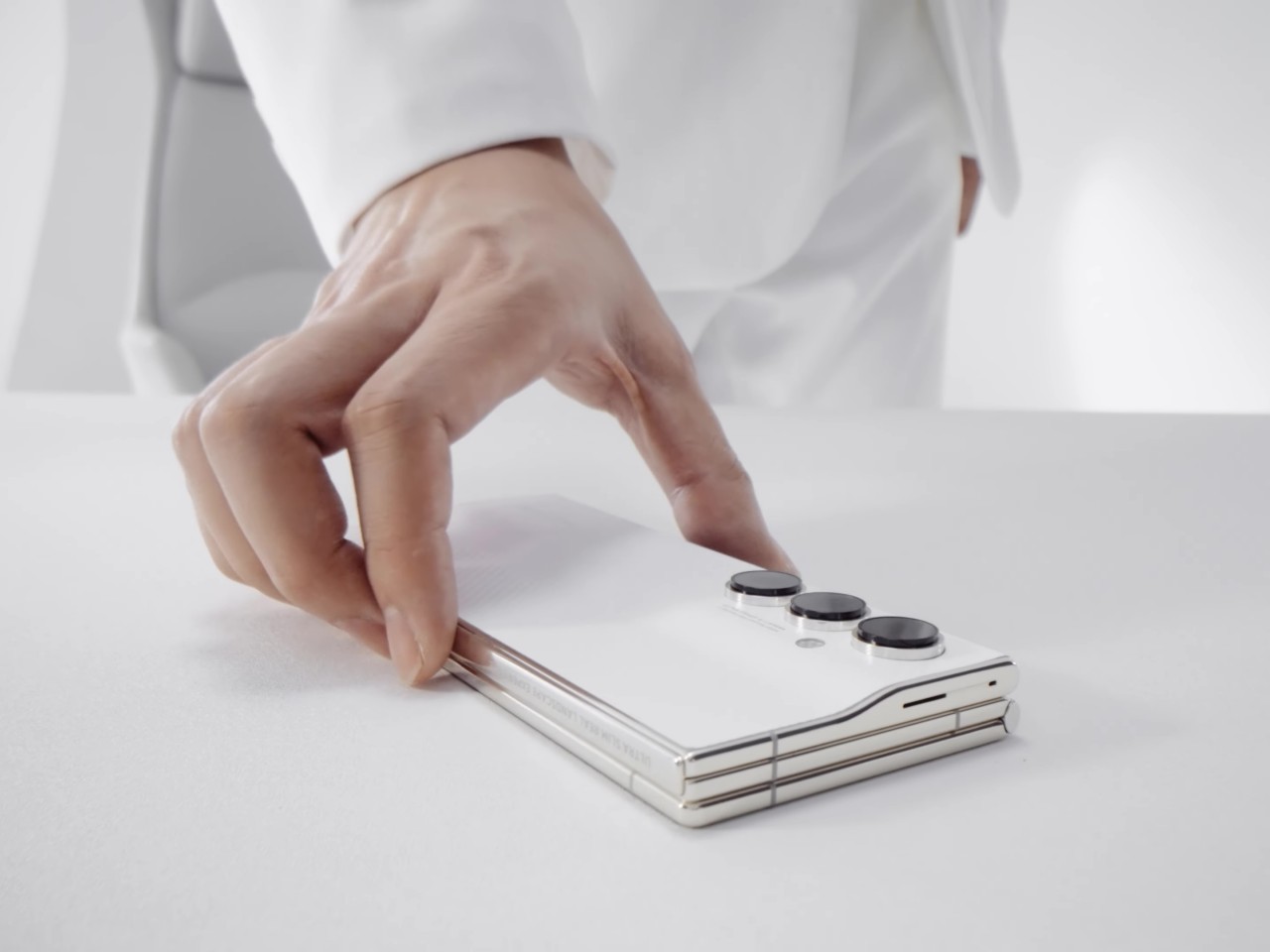
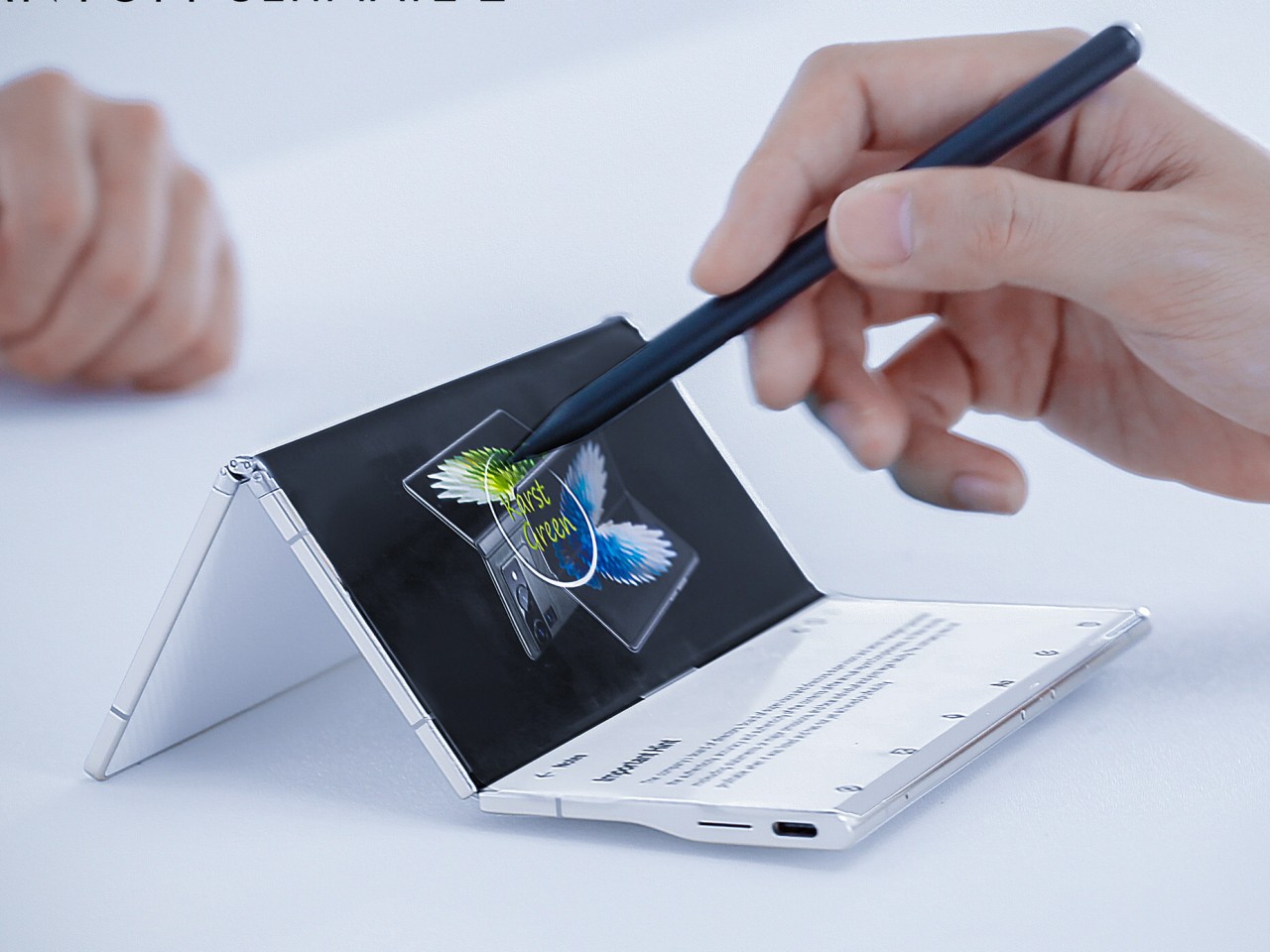
A phone with two hinges that fold in opposite directions is one of the ways we can get the best of both worlds, but it’s easier said than done, naturally. Not only do you have to consider the durability of the display panel that will bend at opposite angles in two areas, the thickness of the folded “phone” also becomes a conundrum. If bi-fold phones like the Samsung Galaxy Fold are already considered to be thick, imagine how much worse three layers would be.
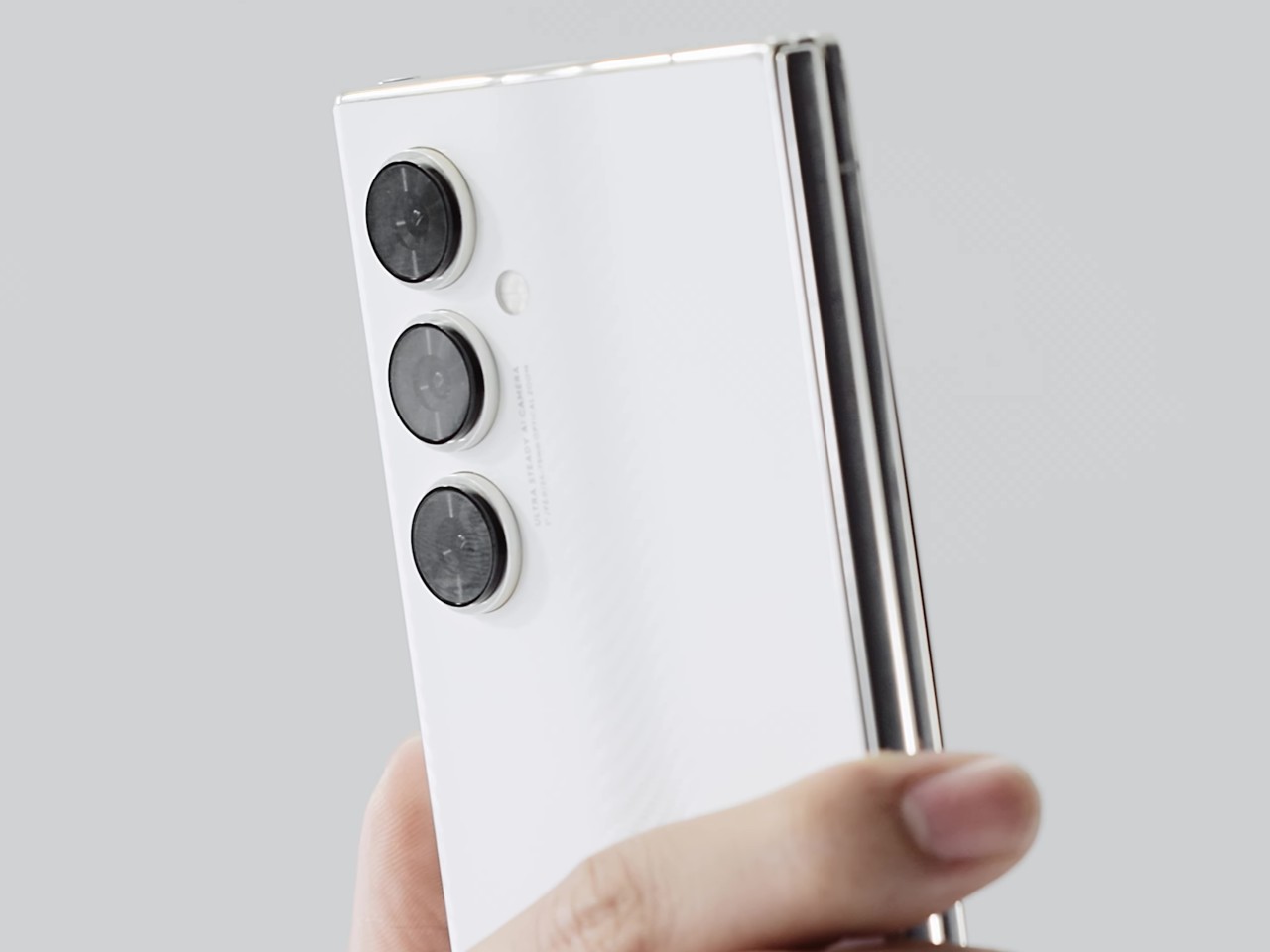
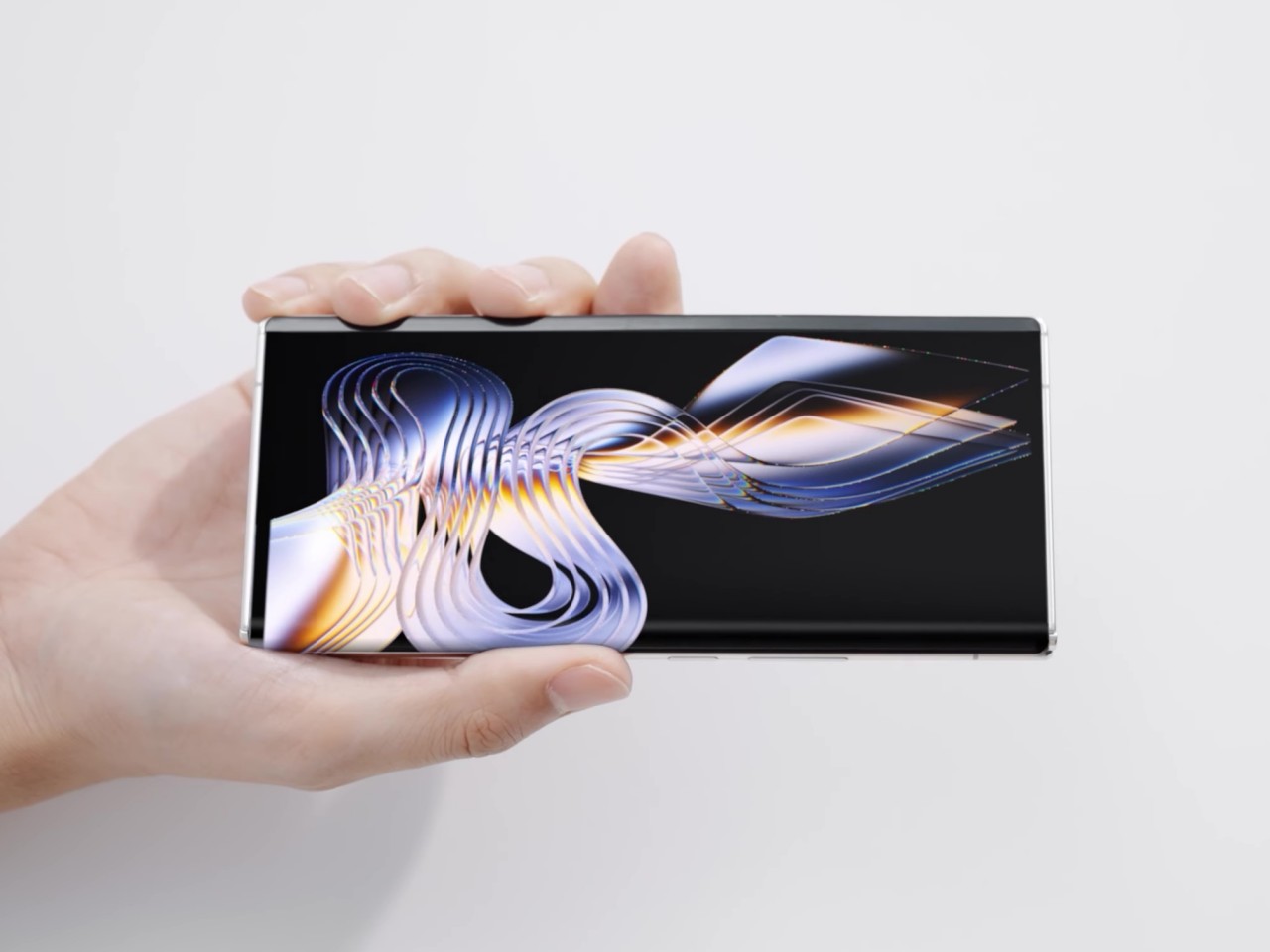
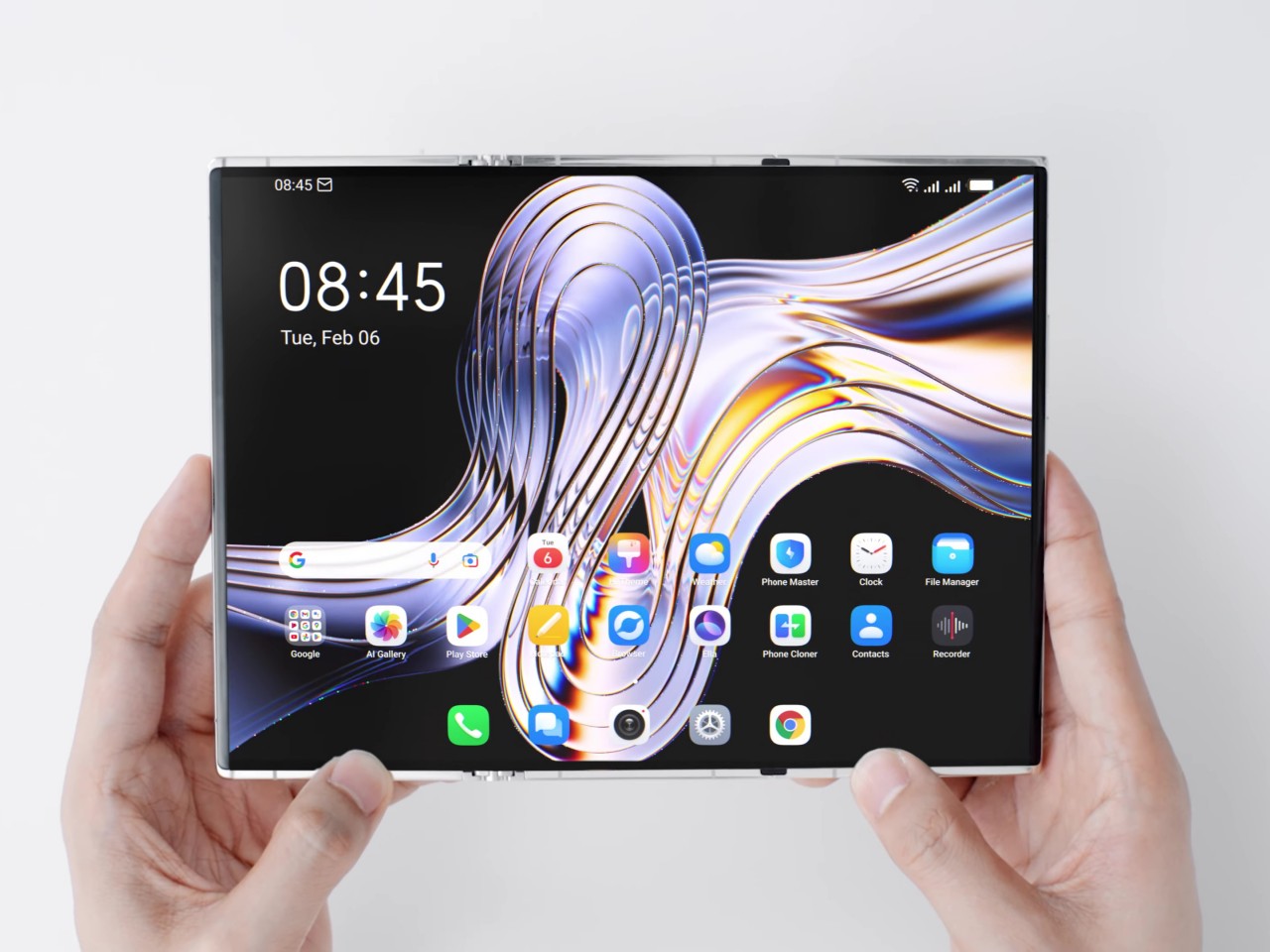
That’s the boast that TECNO is making with the Phantom Ultimate 2 concept, a tri-fold device that is only 11.1mm thick when folded. That’s just around 2mm thicker than the average regular foldable, which is still thick but not by much. TECNO doesn’t give the exact dimensions for the unfolded tablet, but it’s bound to be really thin in that case.

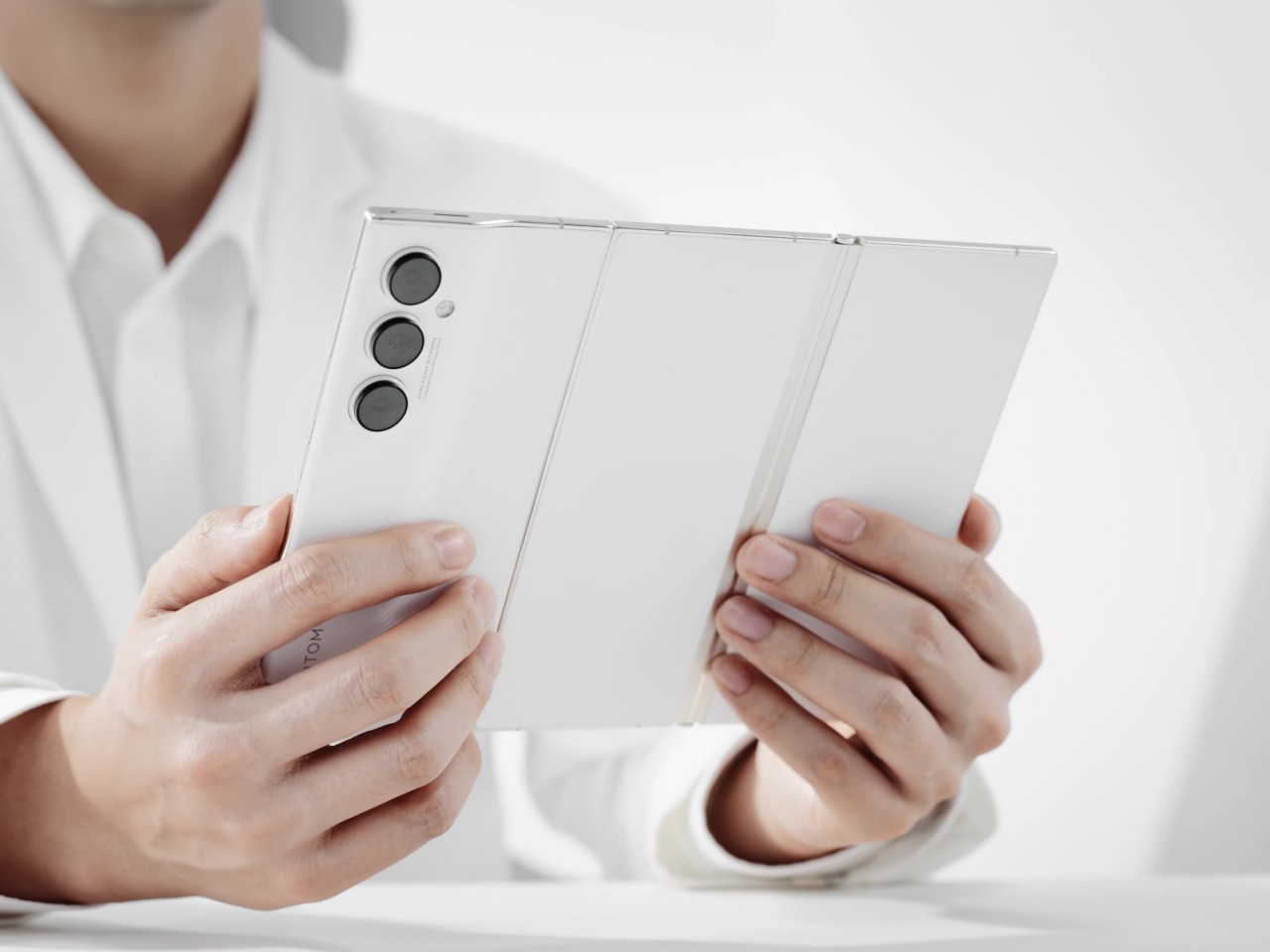

This design gives us a regular 6.48-inch candybar phone that turns into a regular 10-inch tablet and vice-versa, delivering the best of both worlds in a single device. And if that weren’t enough, TECNO shows that the device also supports stylus input, making it an all-in-one entertainment and business computer in your pocket. There are various modes made possible by this novel folding design, though some might be a bit more questionable than others, like putting the sensitive foldable screen in contact with a table.
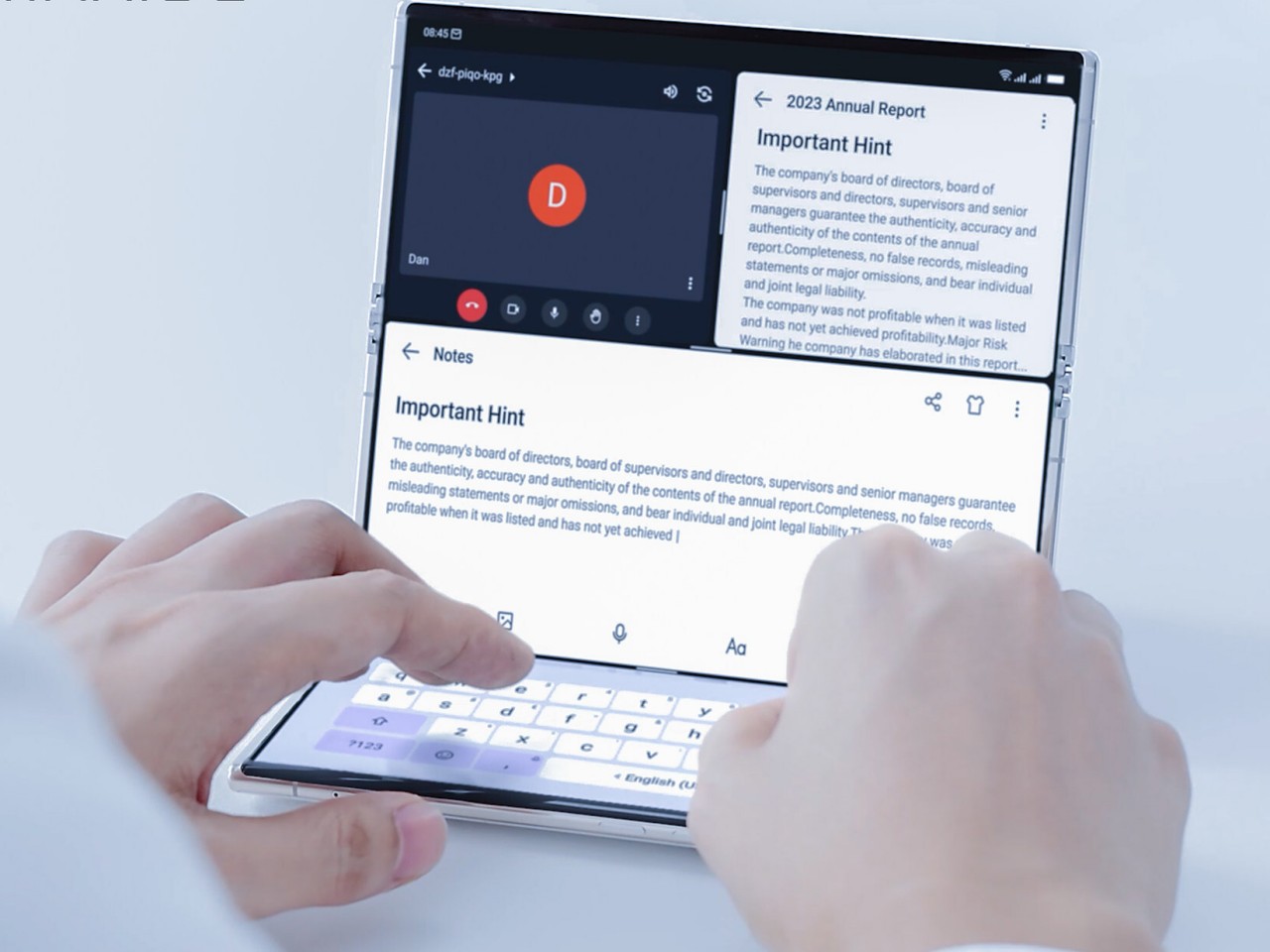
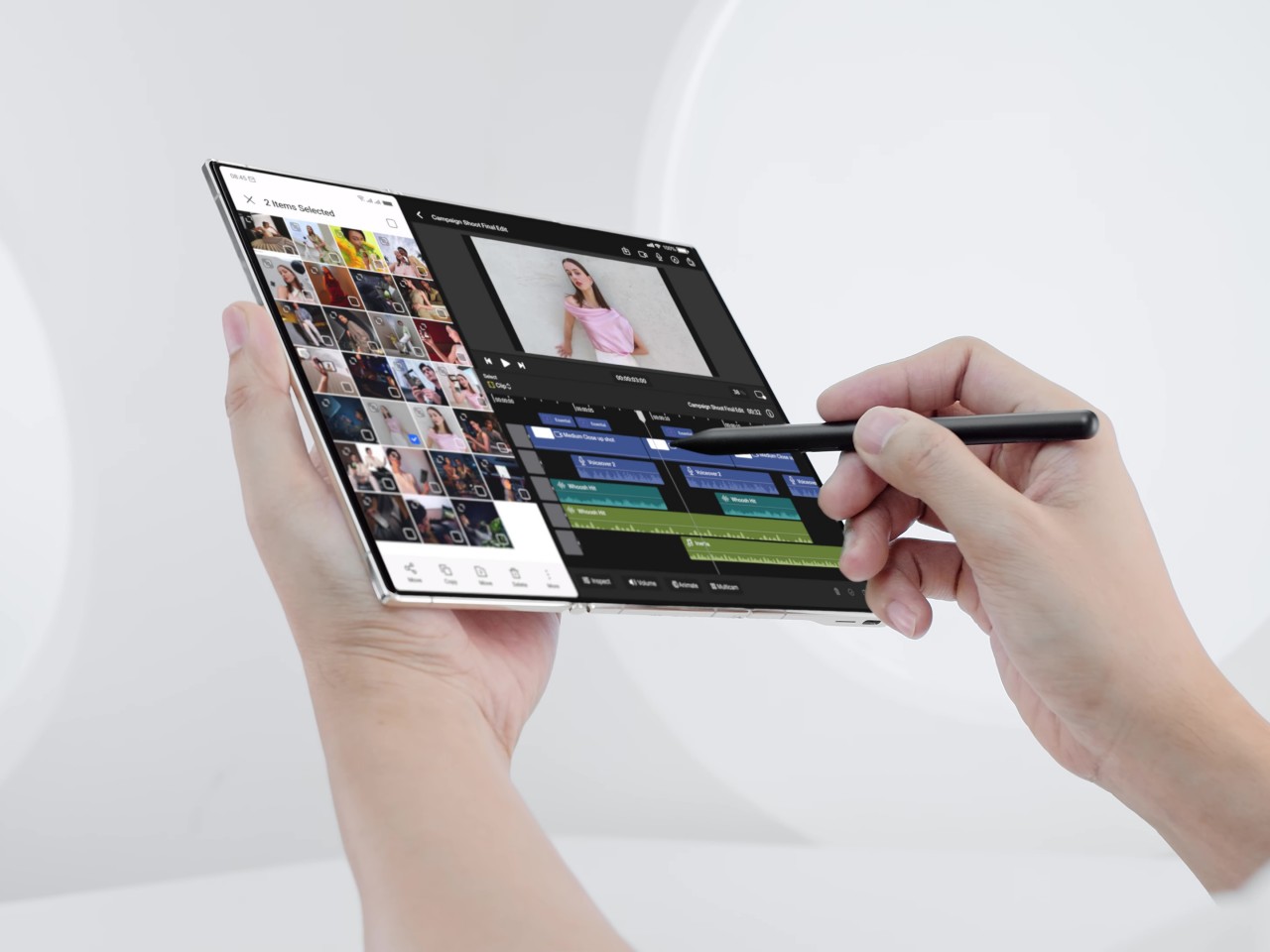
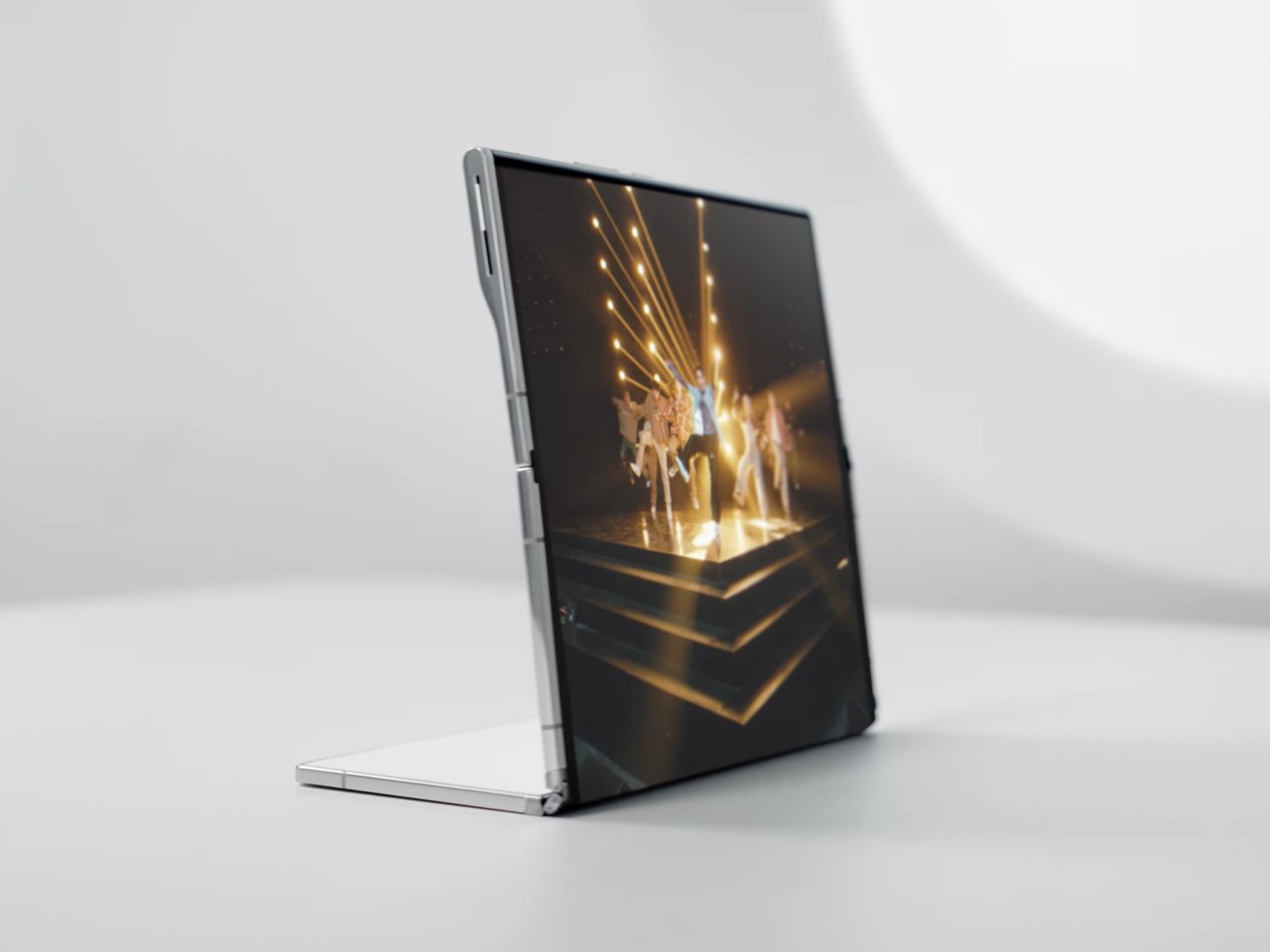
The TECNO Phantom Ultimate 2 concept will be shown off at IFA 2024 in Berlin next week, though its existence hardly means it’s something we’ll be able to buy soon. Samsung has also shown off tri-fold prototypes, both of the “Z” and “G” varieties, yet none have come to market yet. Then again, the forerunner of foldable devices seems to be content taking a more conservative approach, so it wouldn’t come as a surprise if TECNO or even Huawei would land this novelty on shelves first.
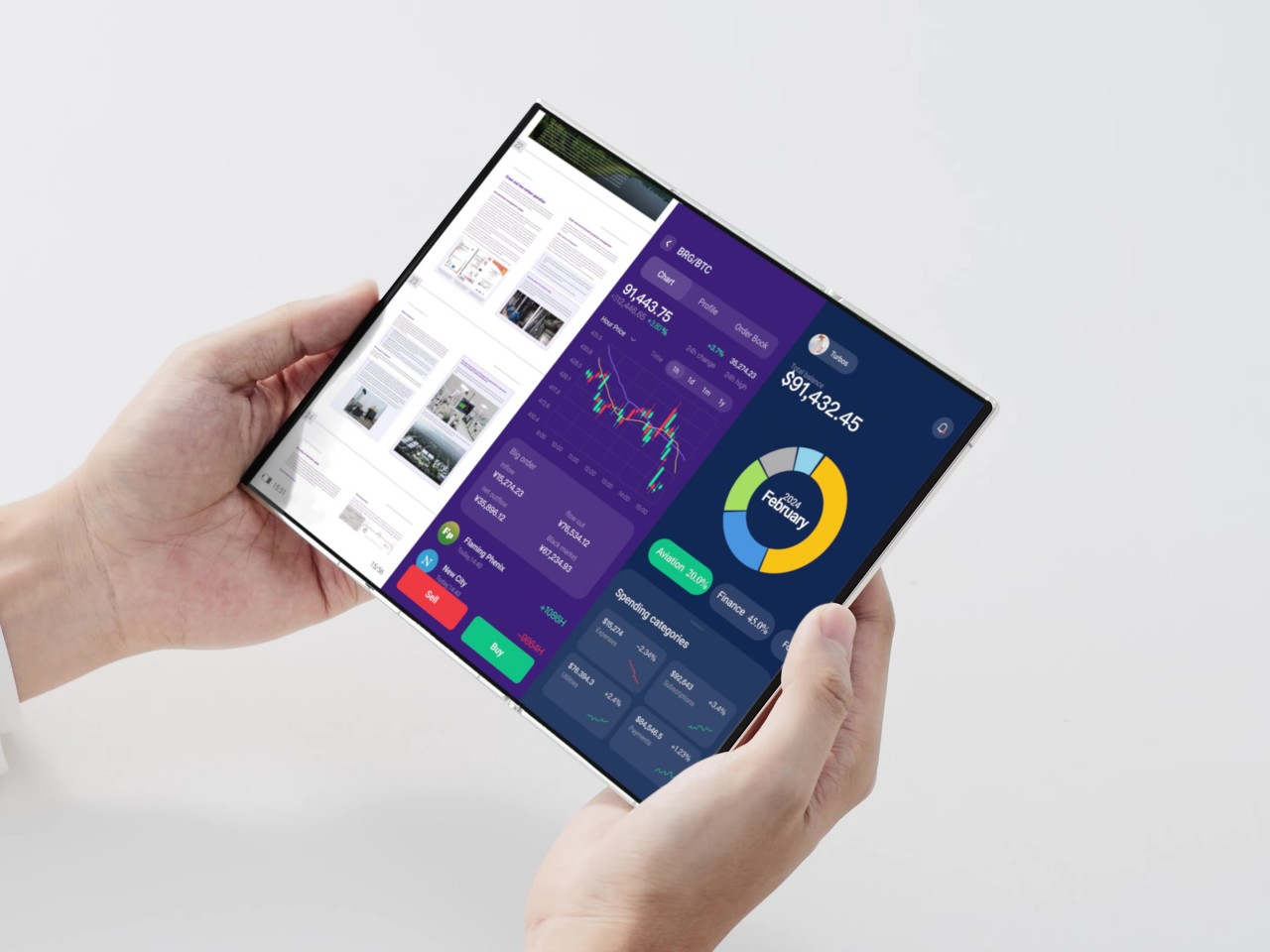
The post TECNO Phantom Ultimate 2 ultra-thin Tri-Fold concept beats Samsung and Huawei to the punch first appeared on Yanko Design.